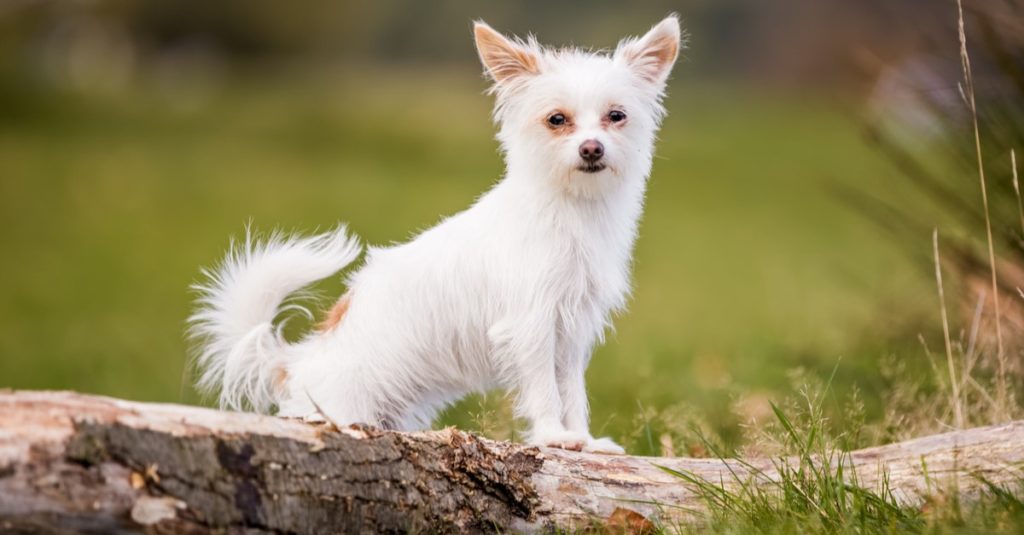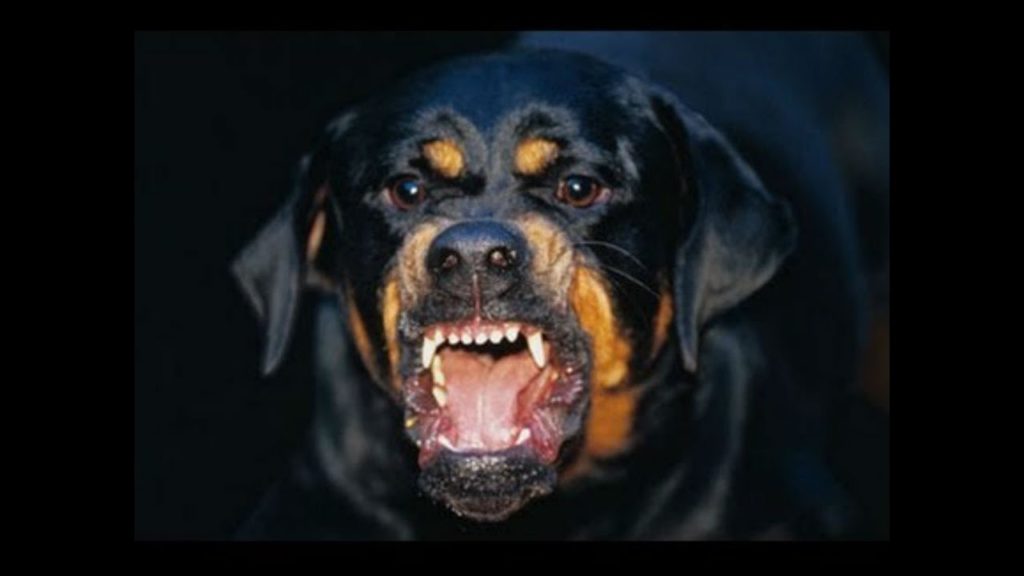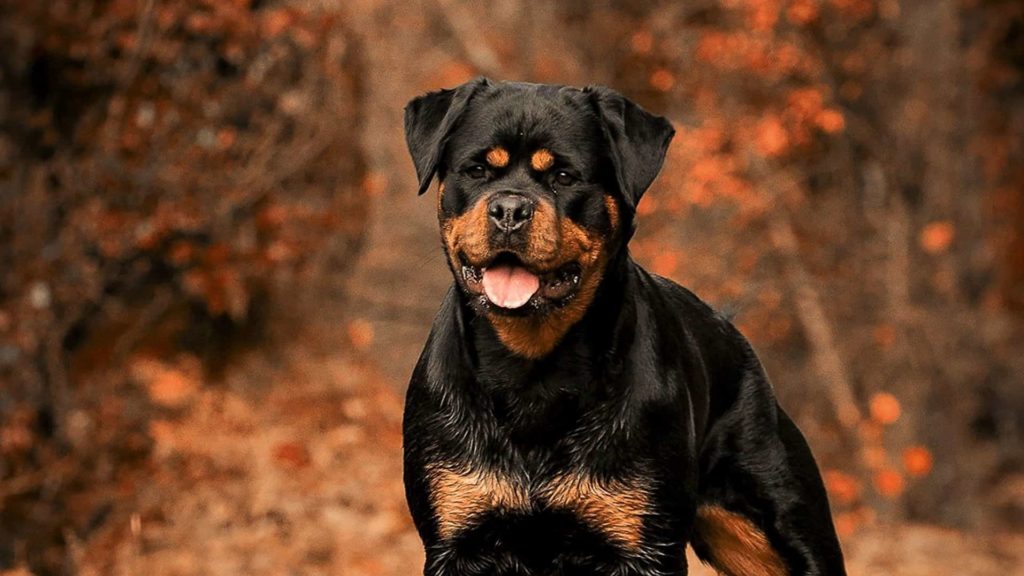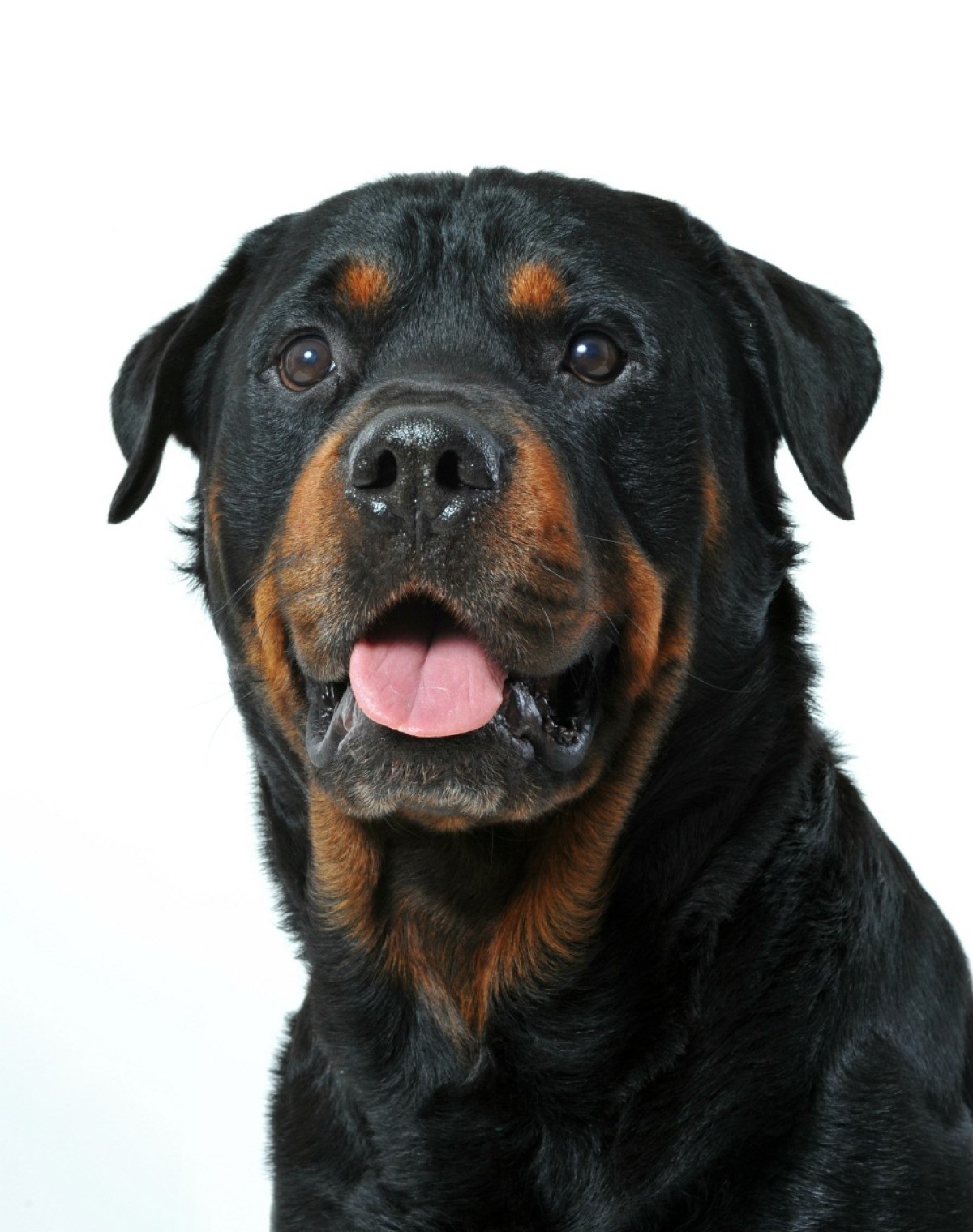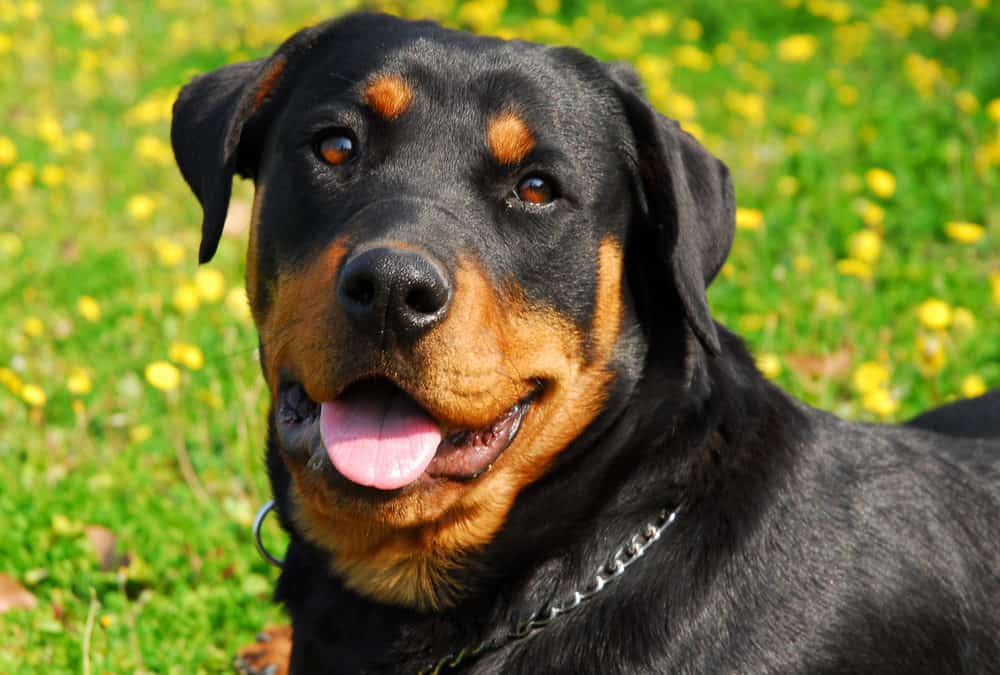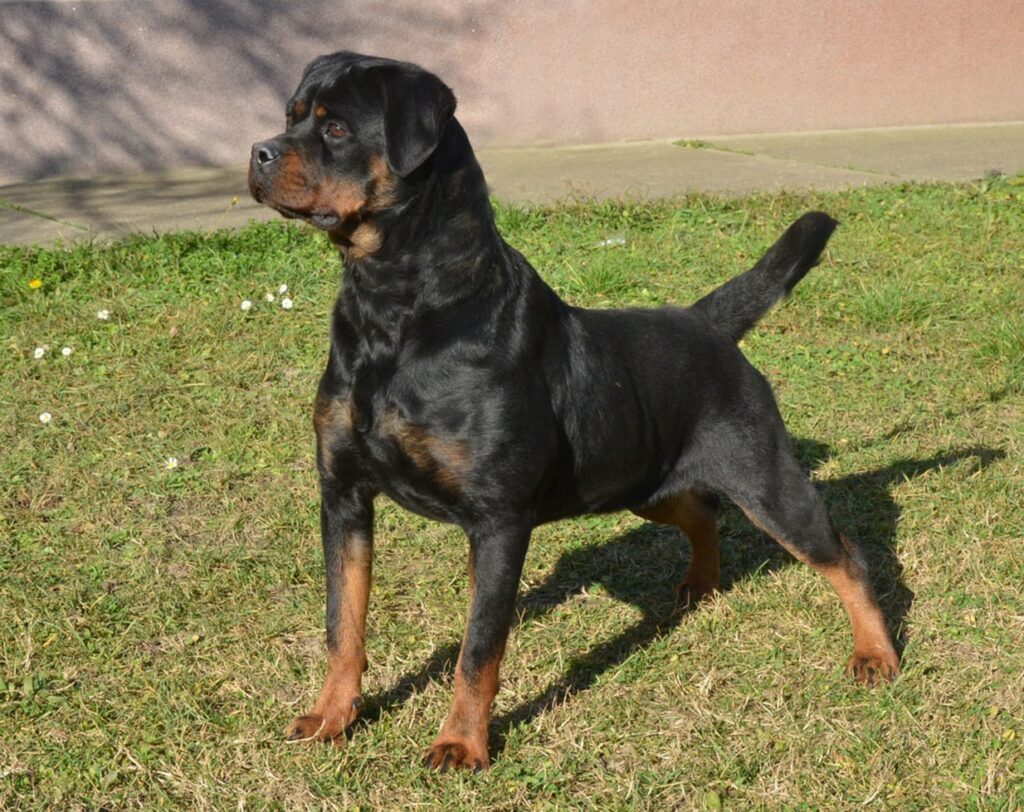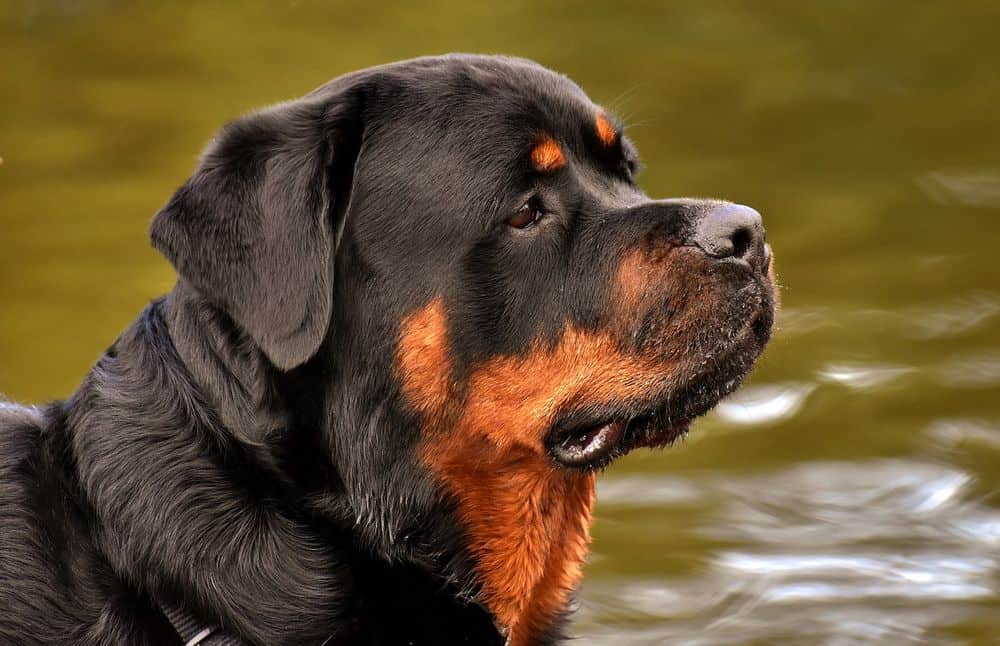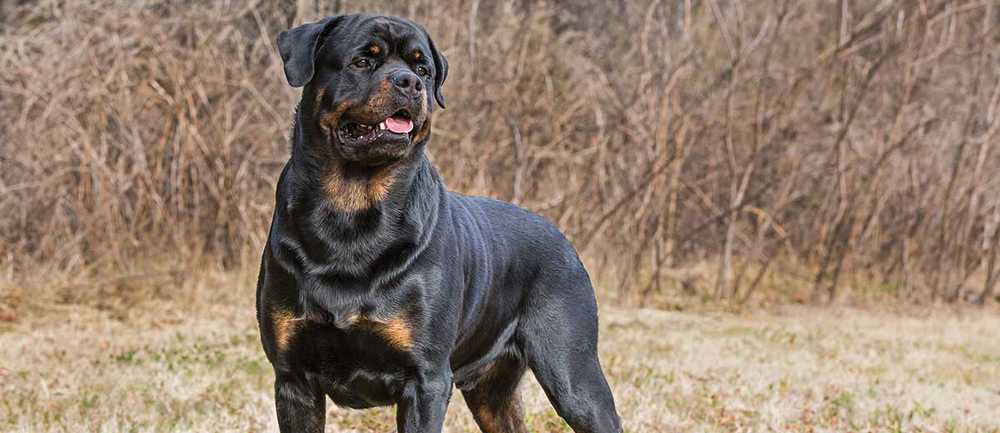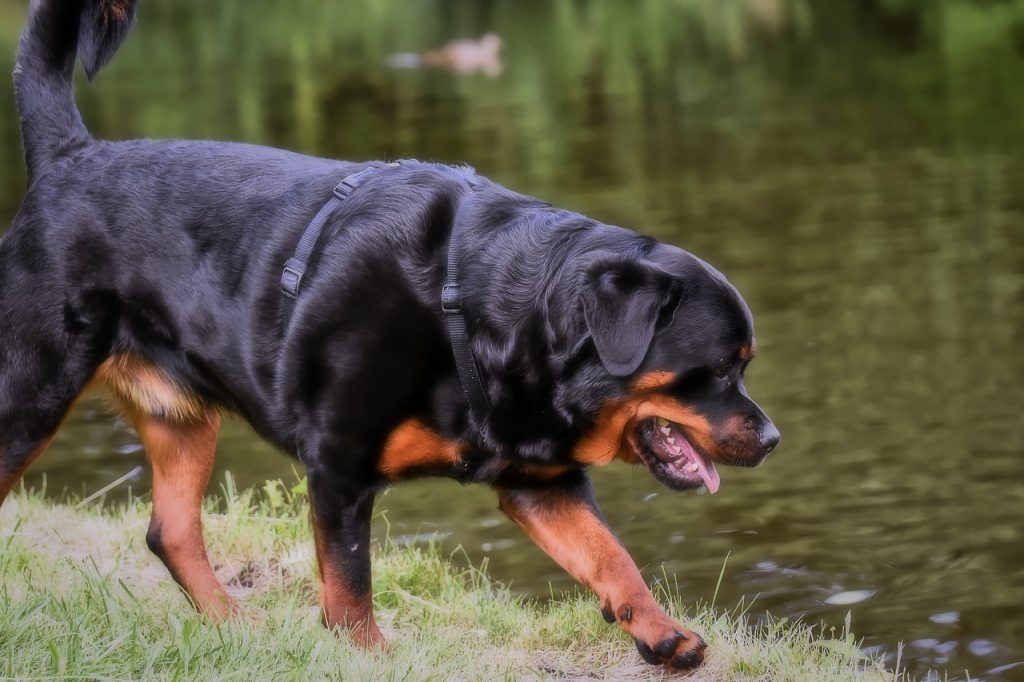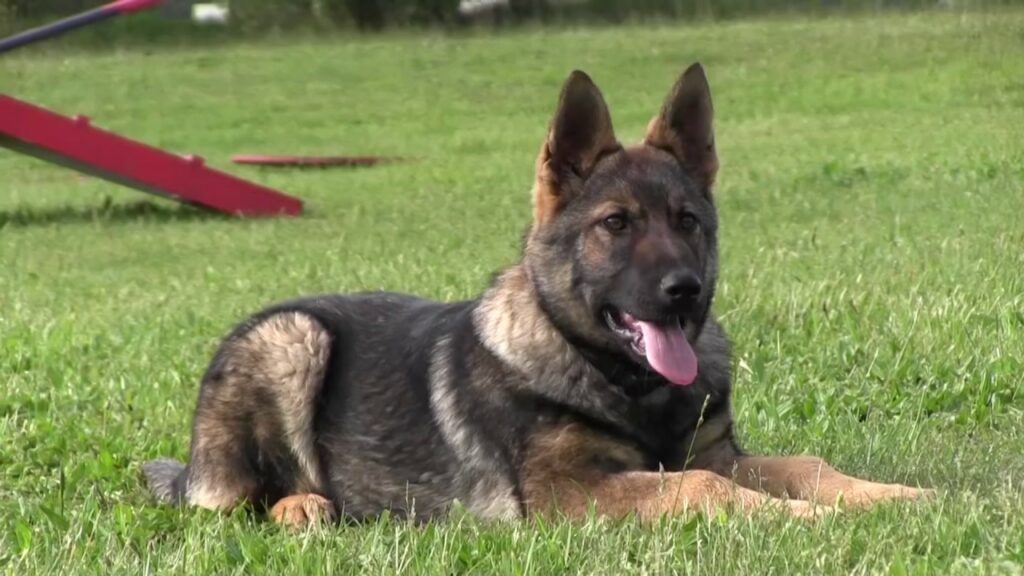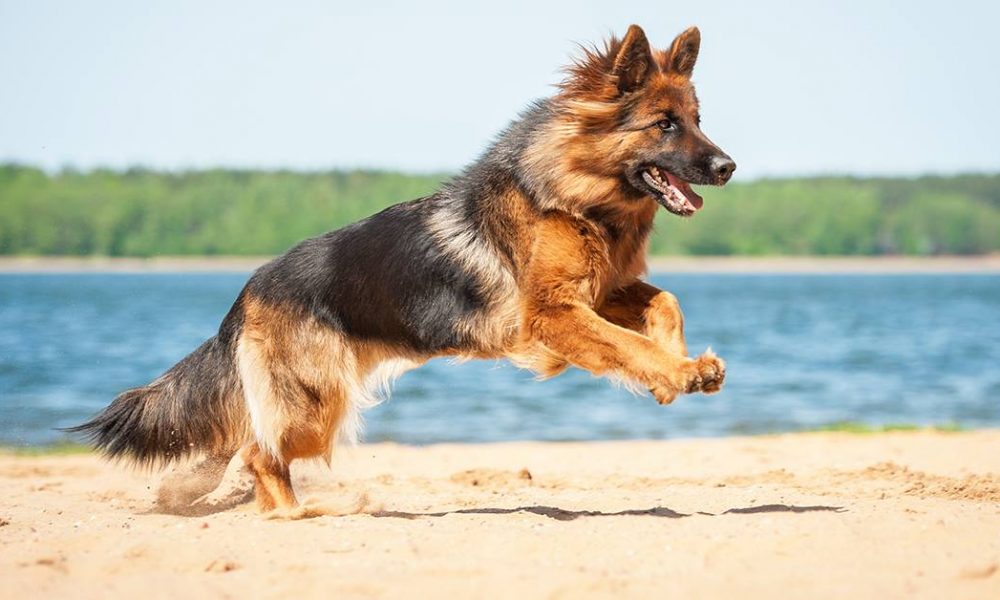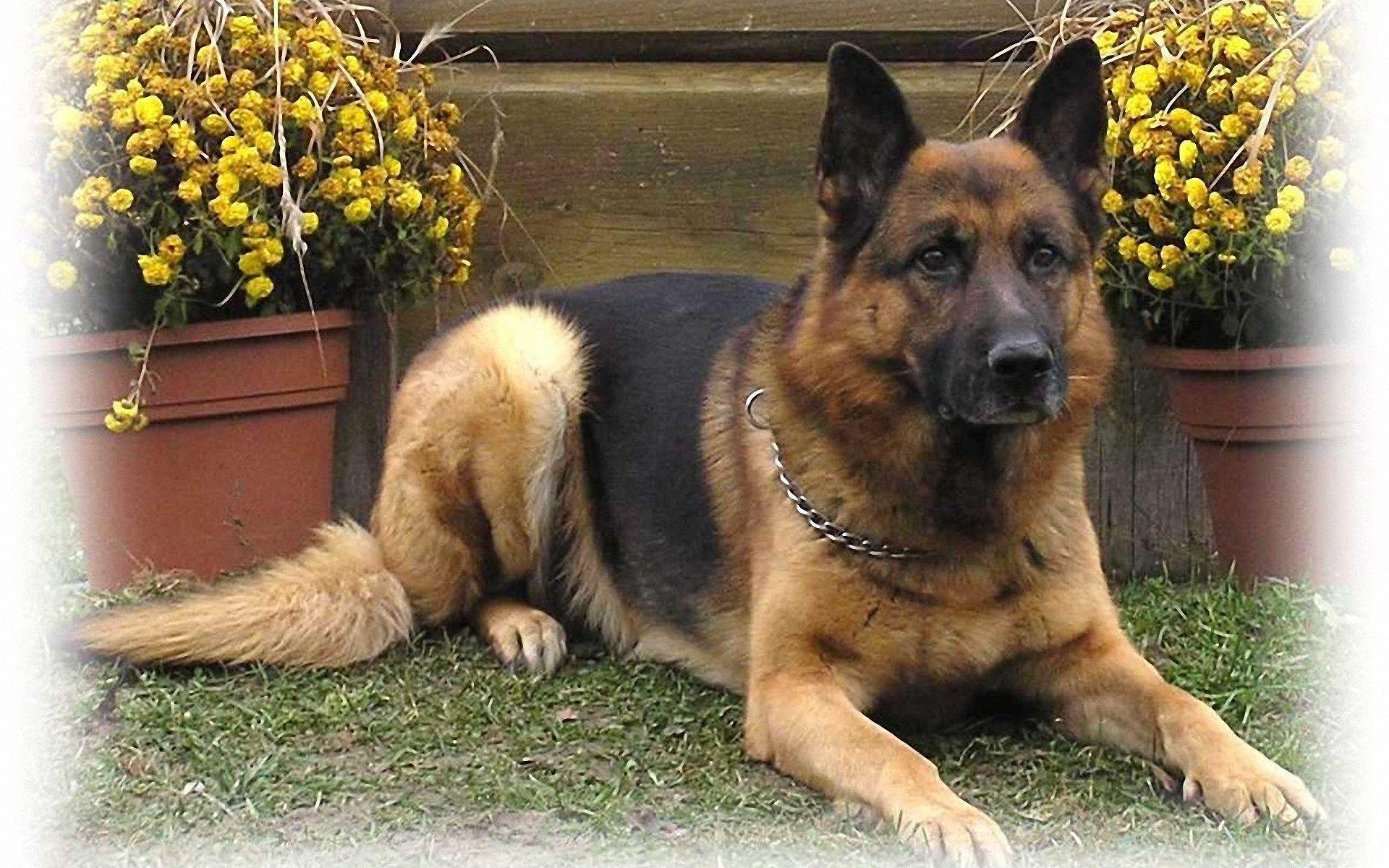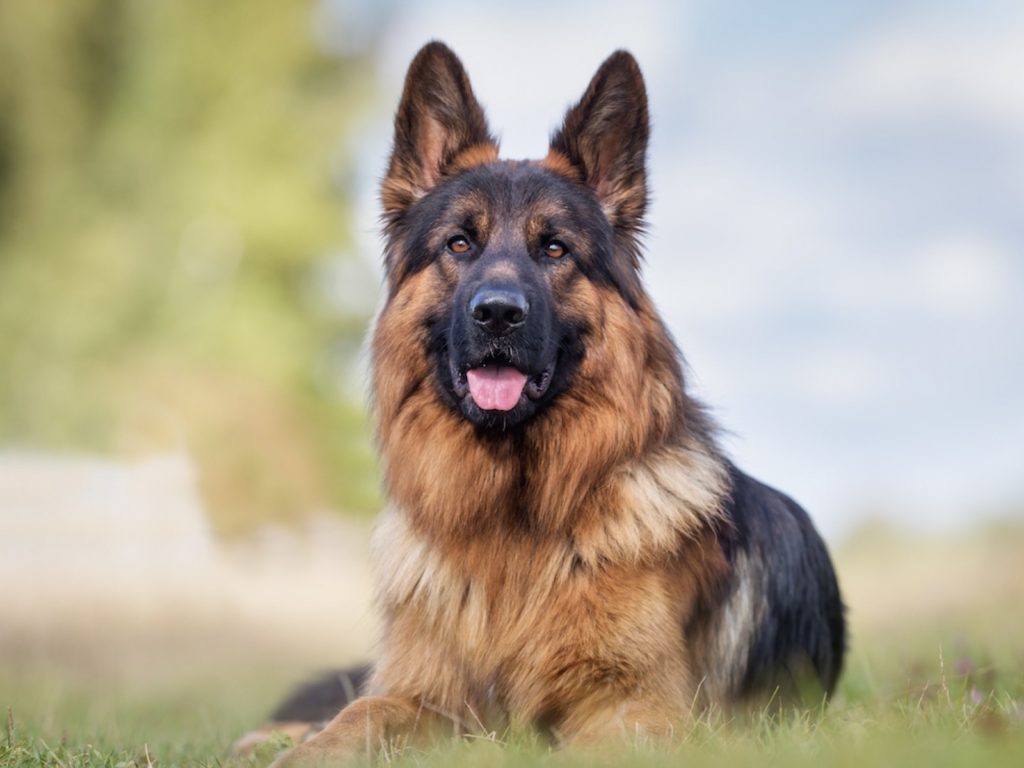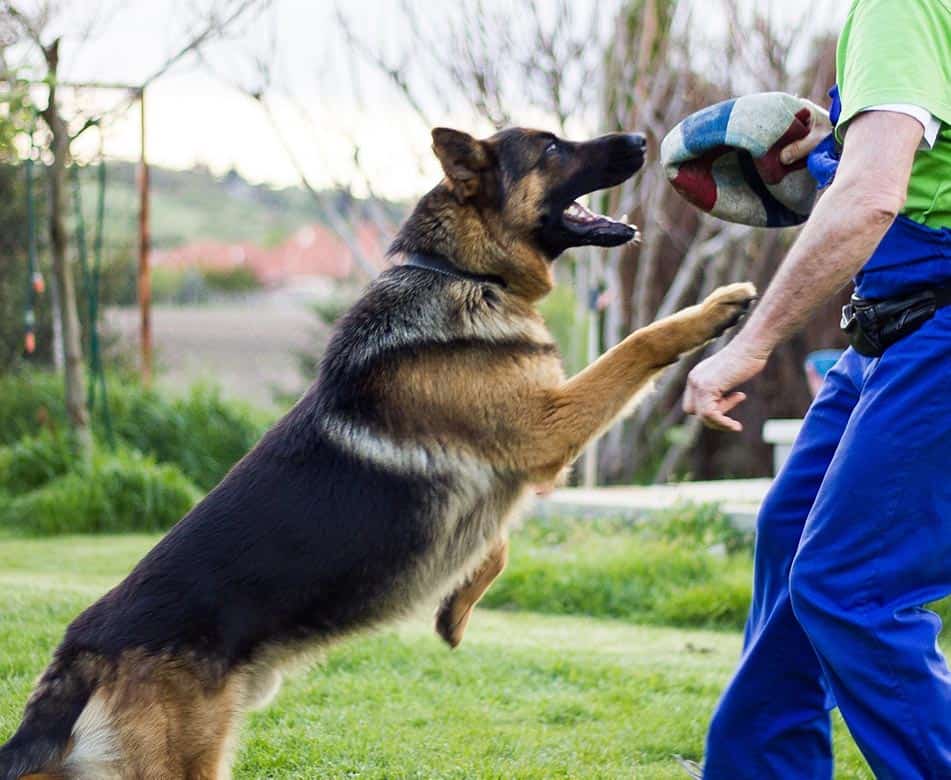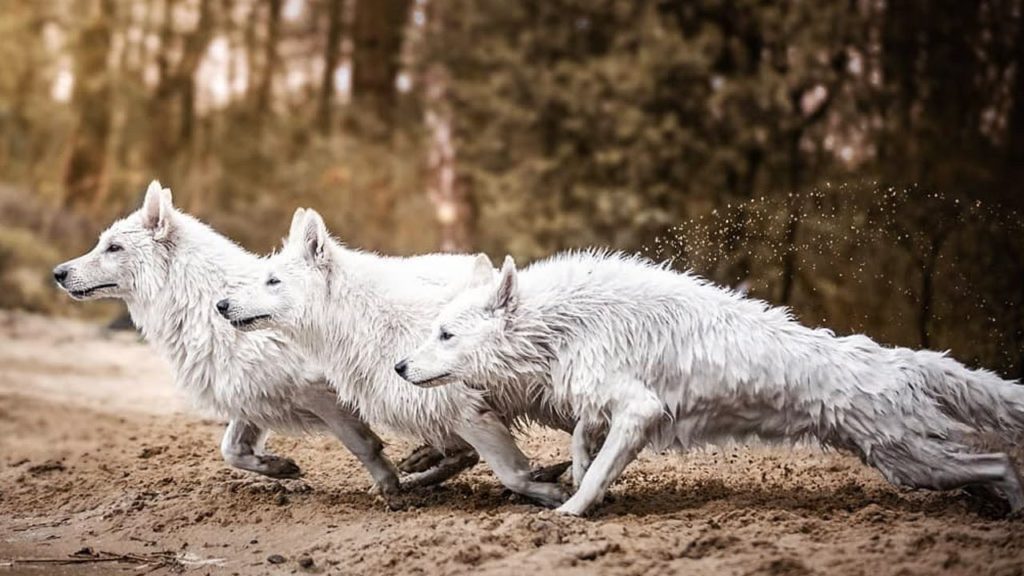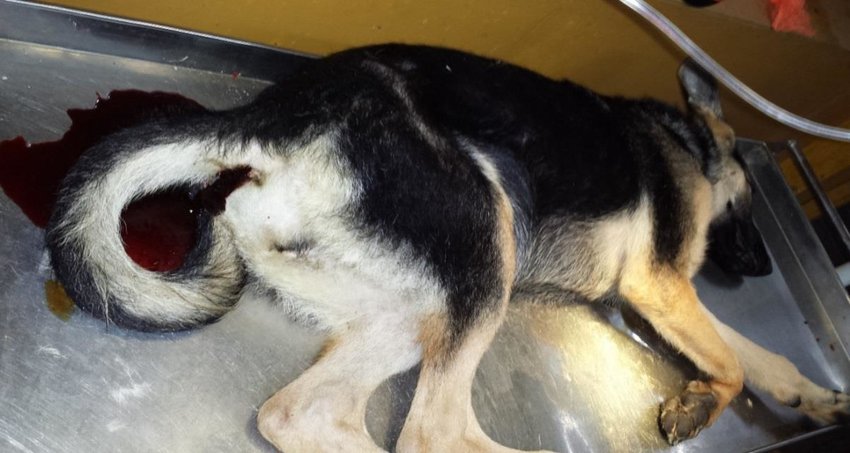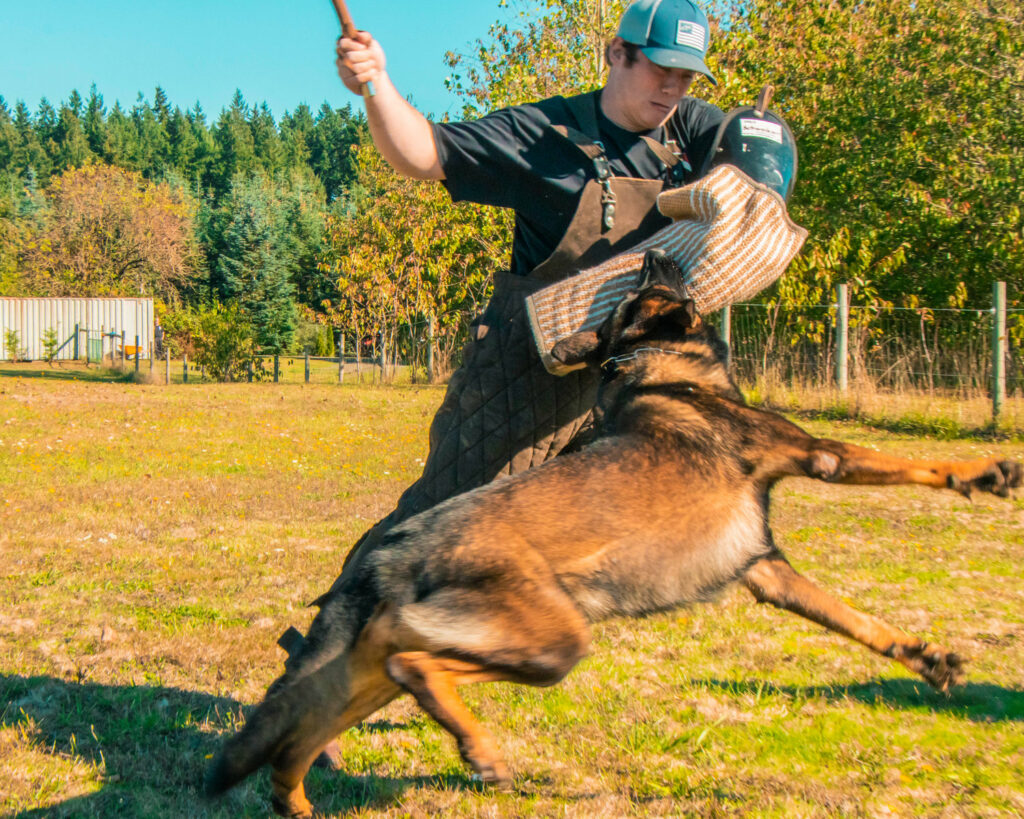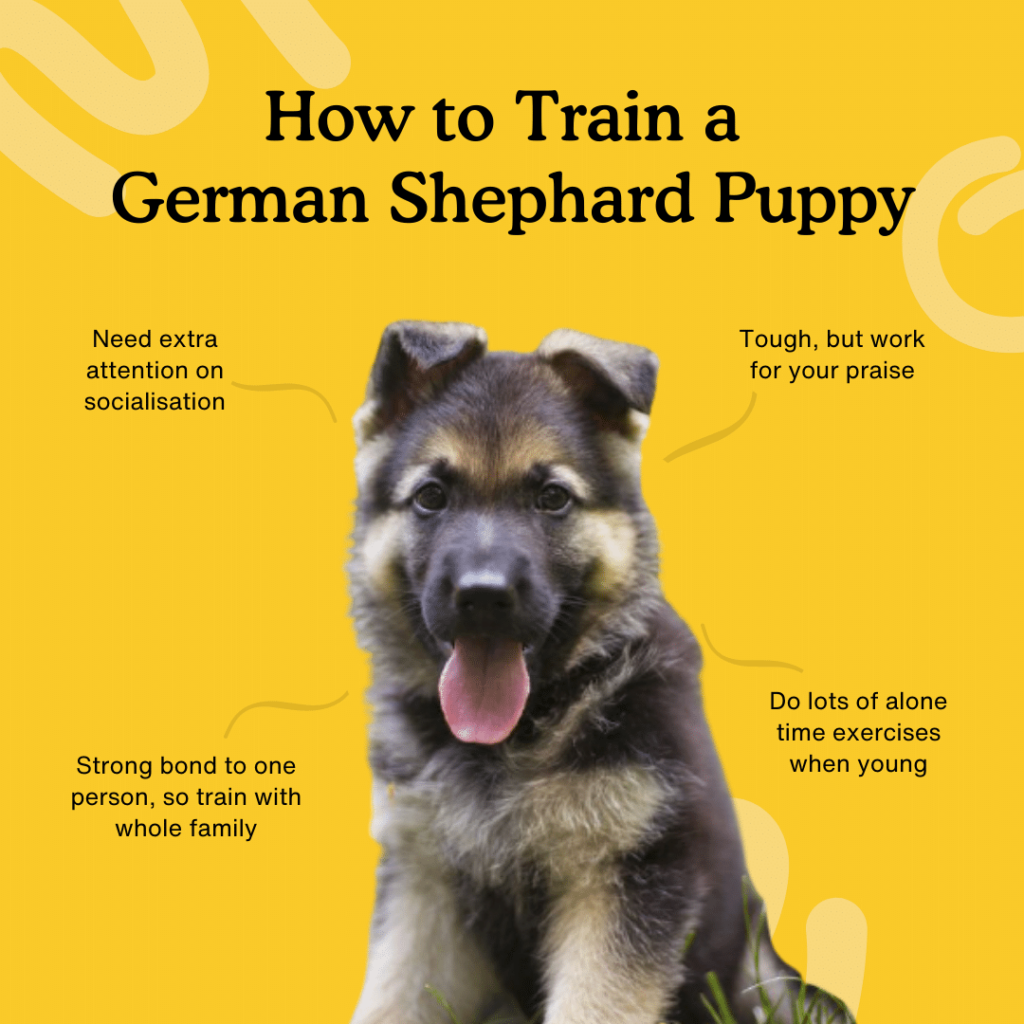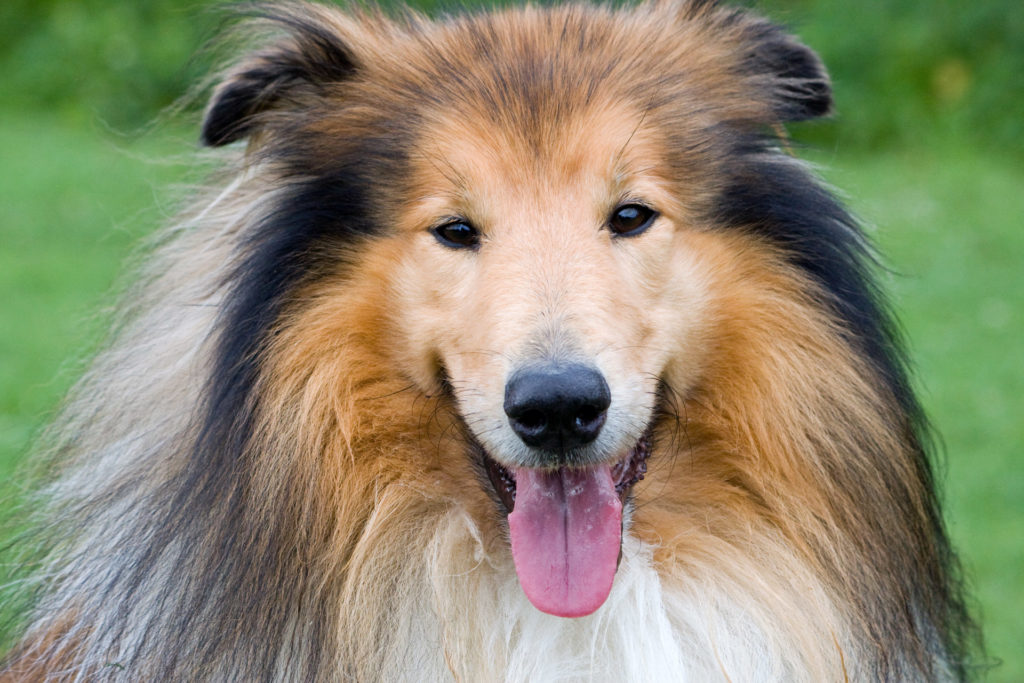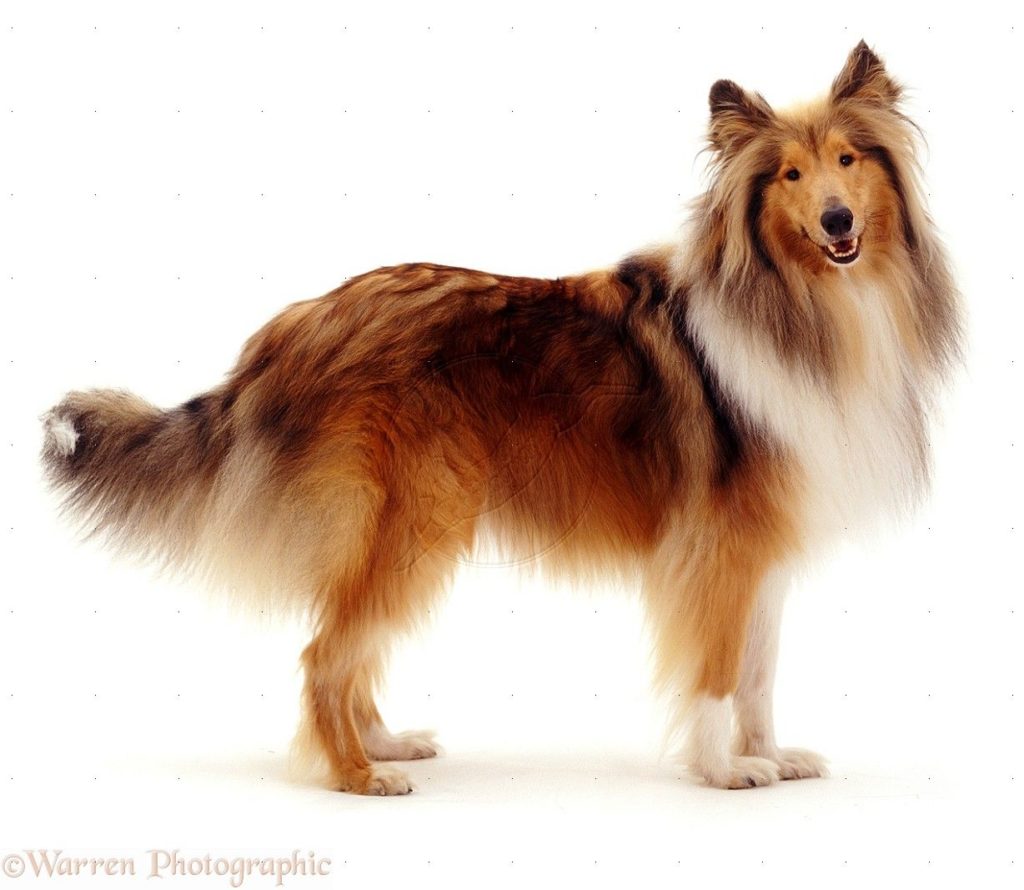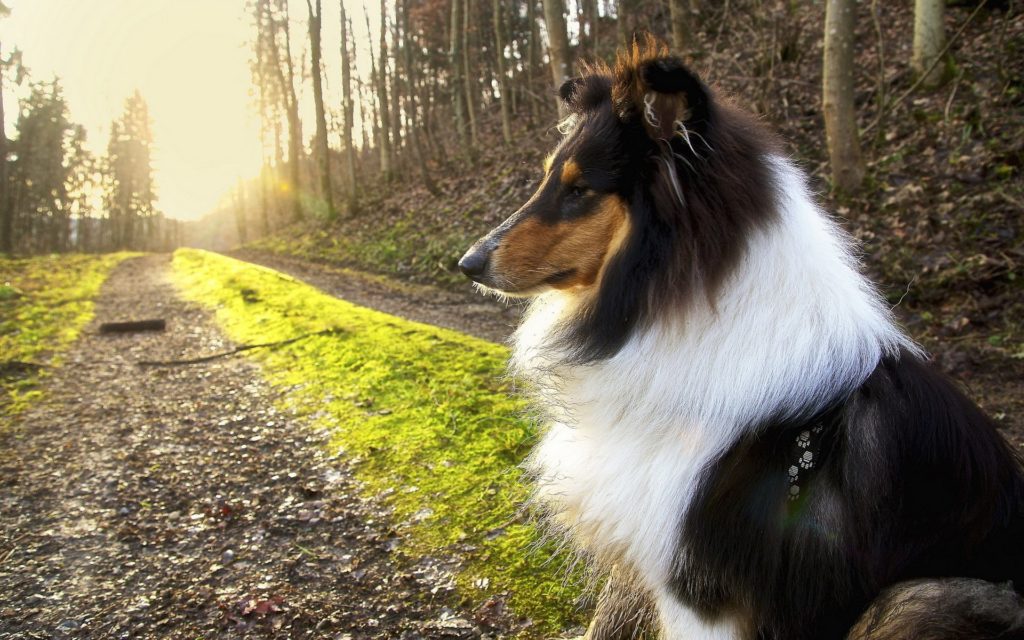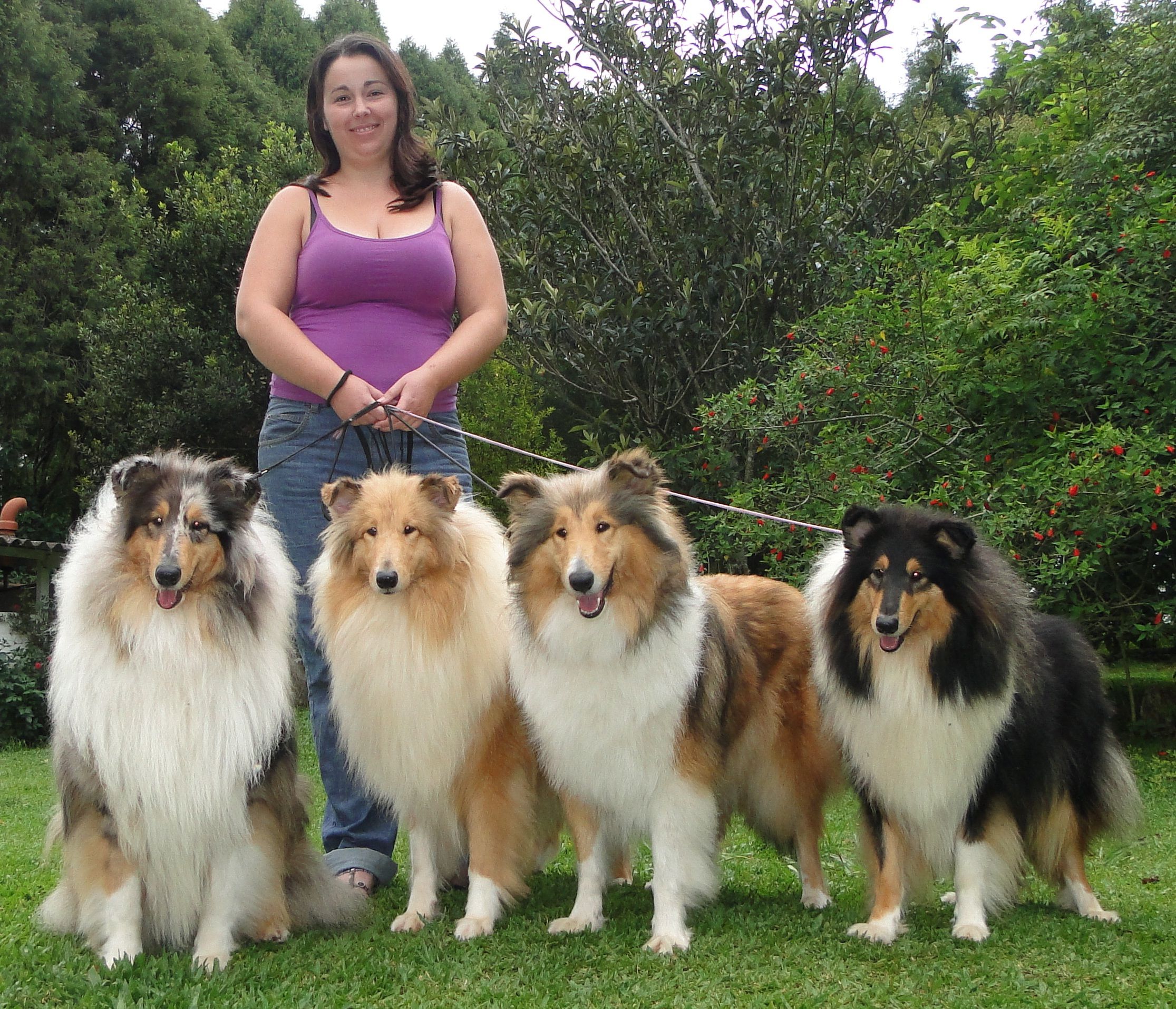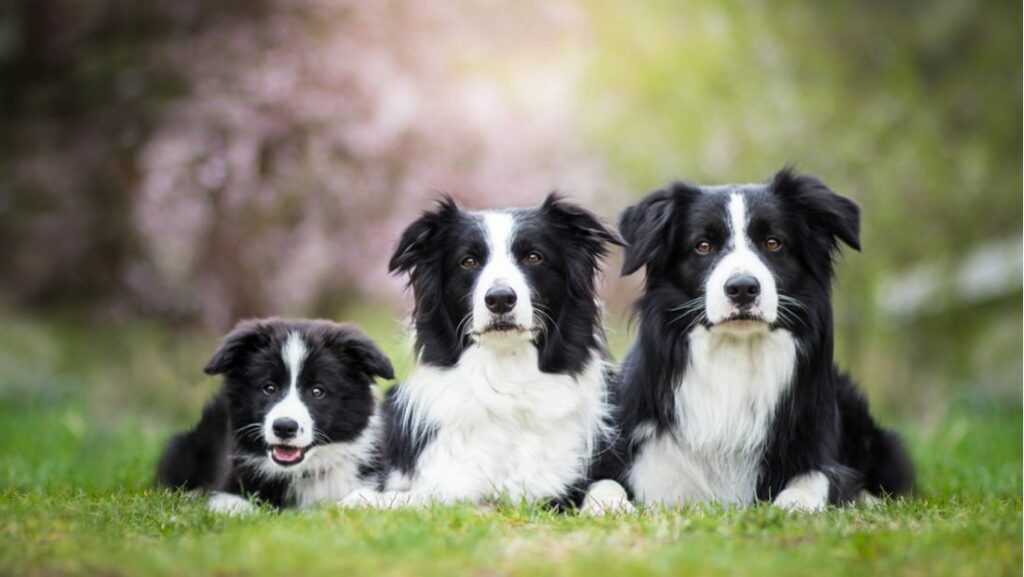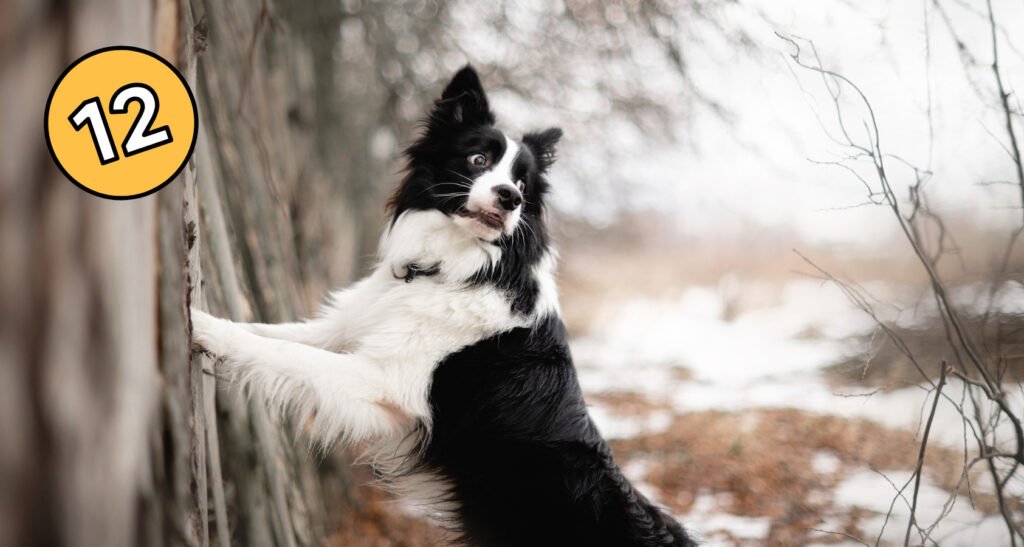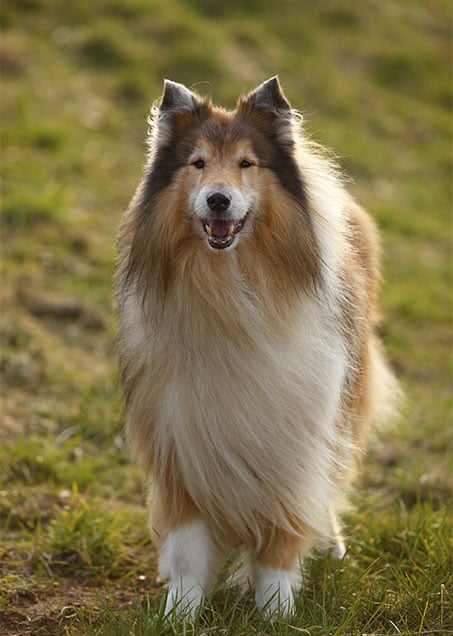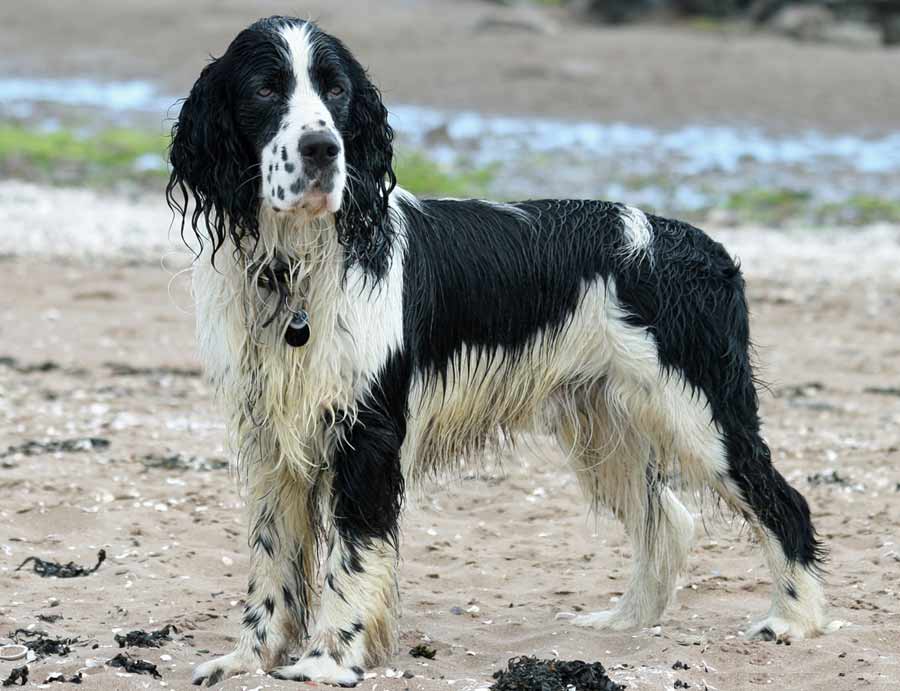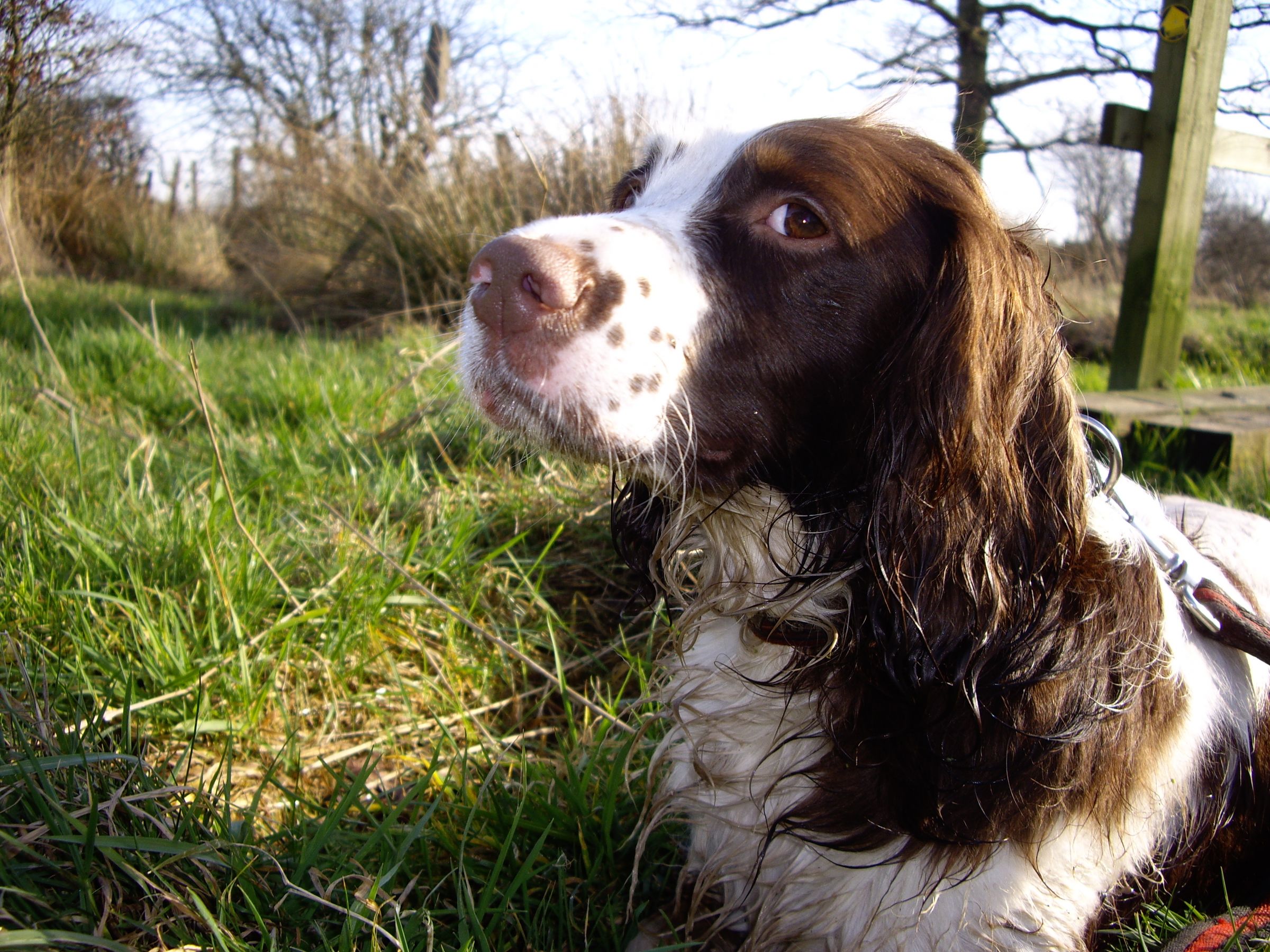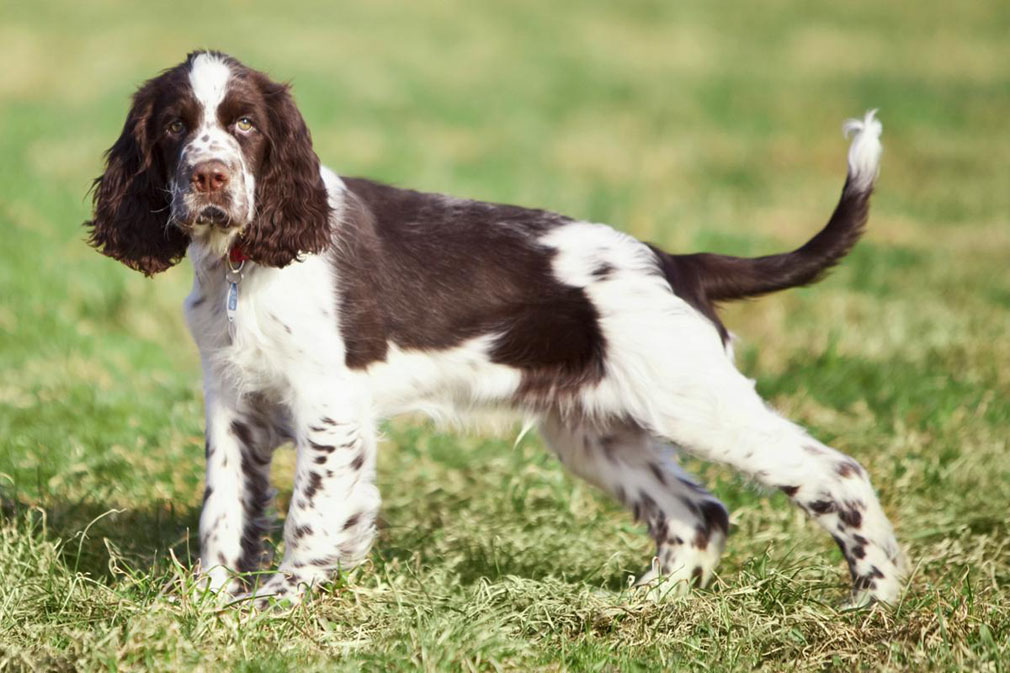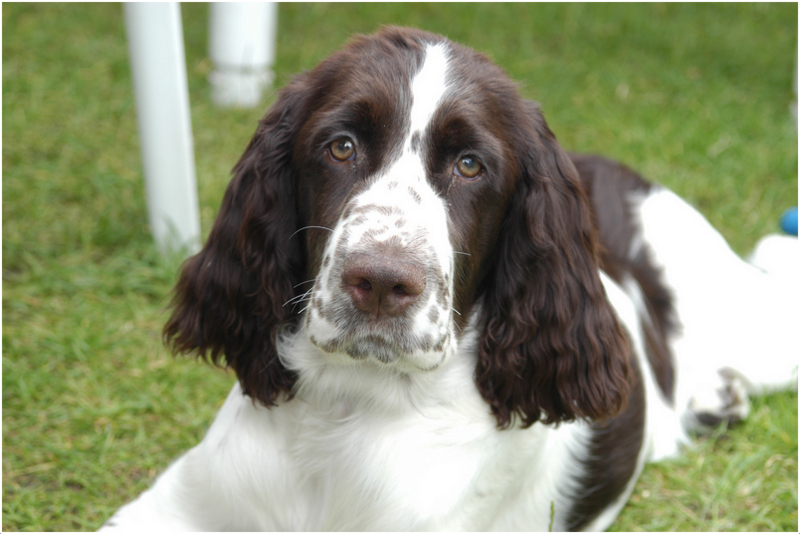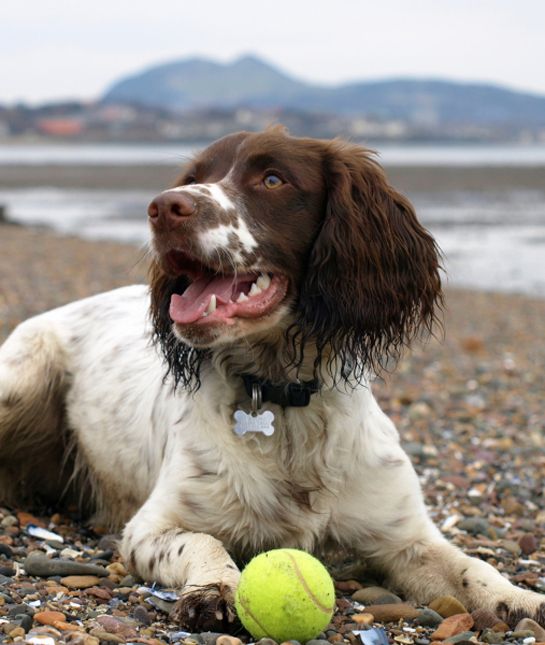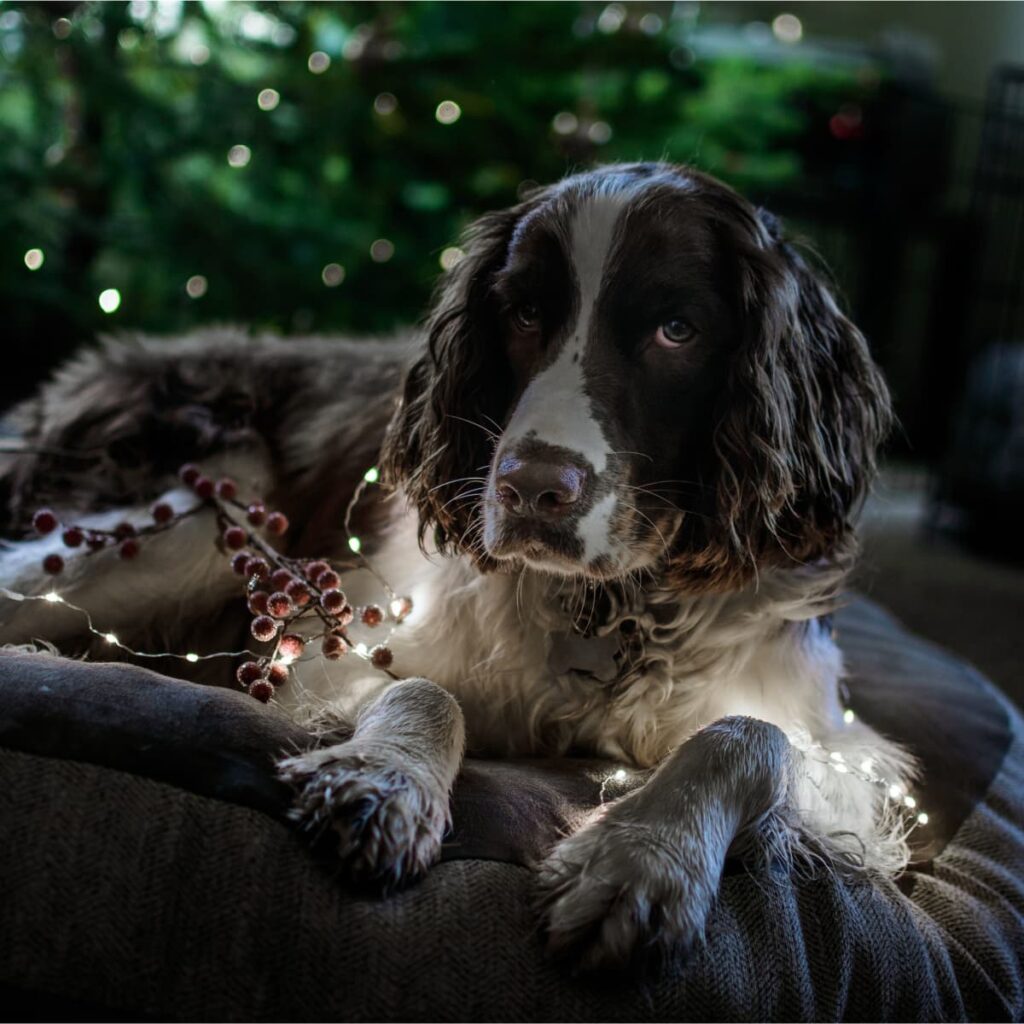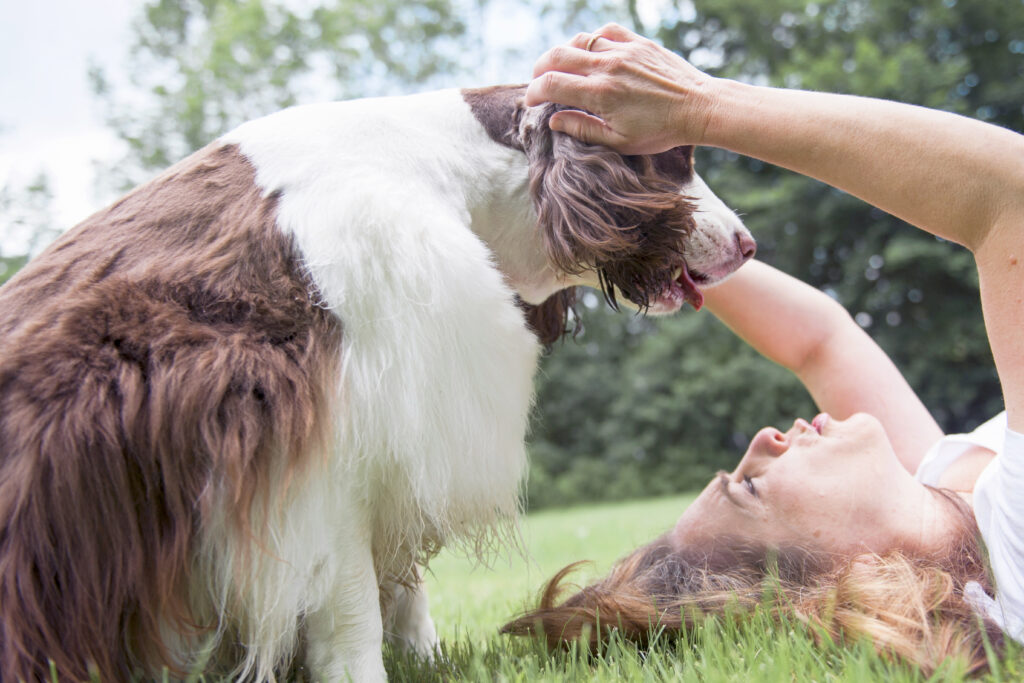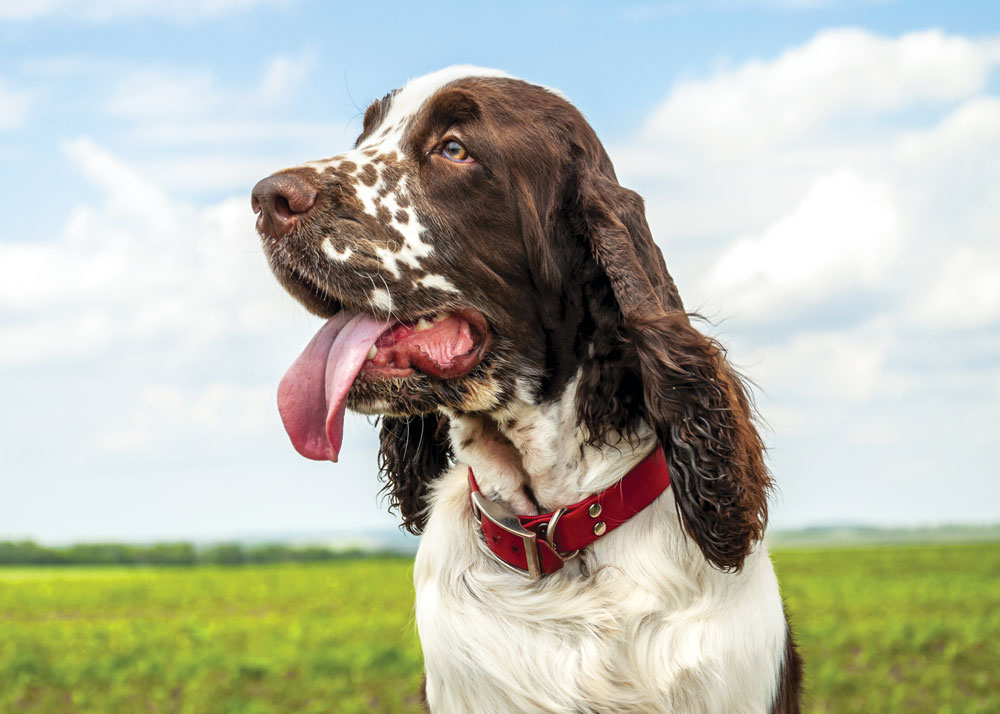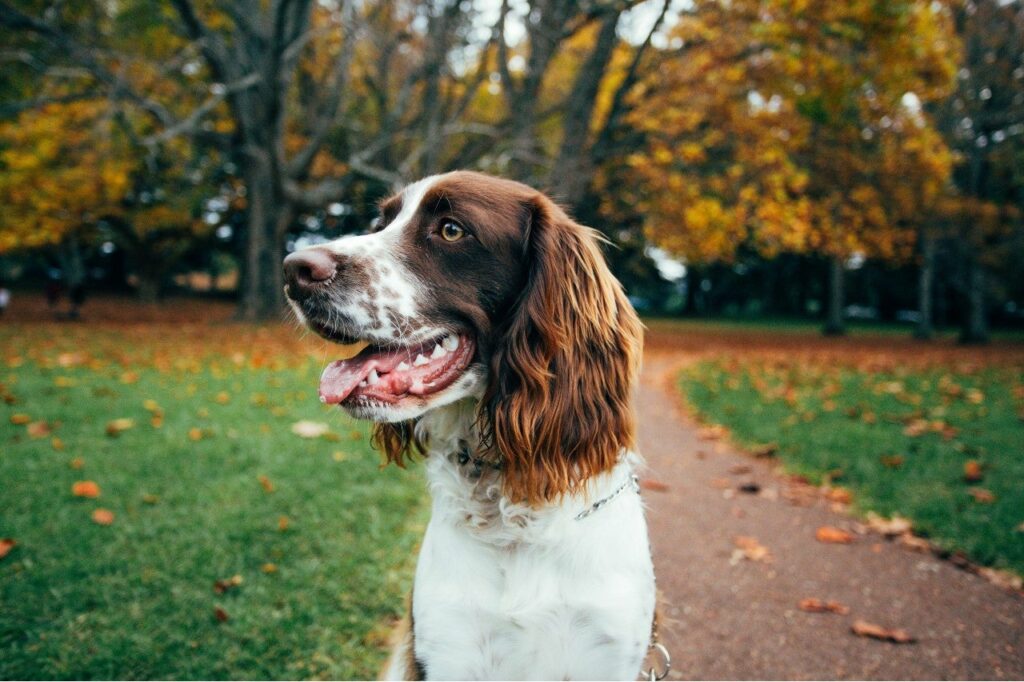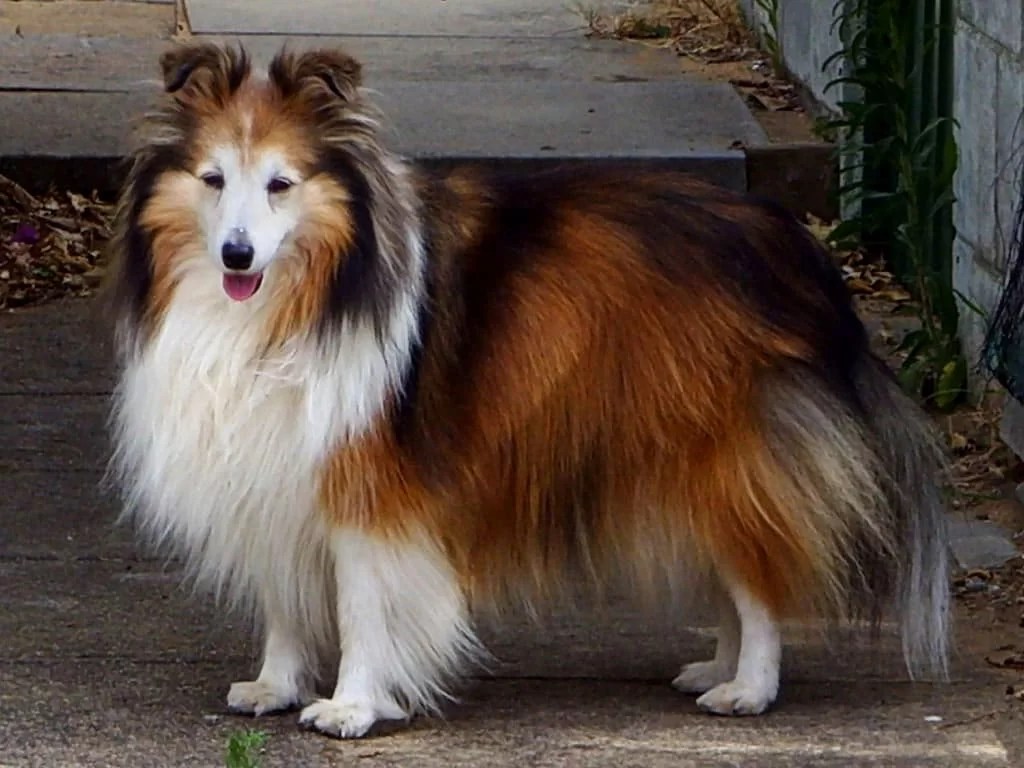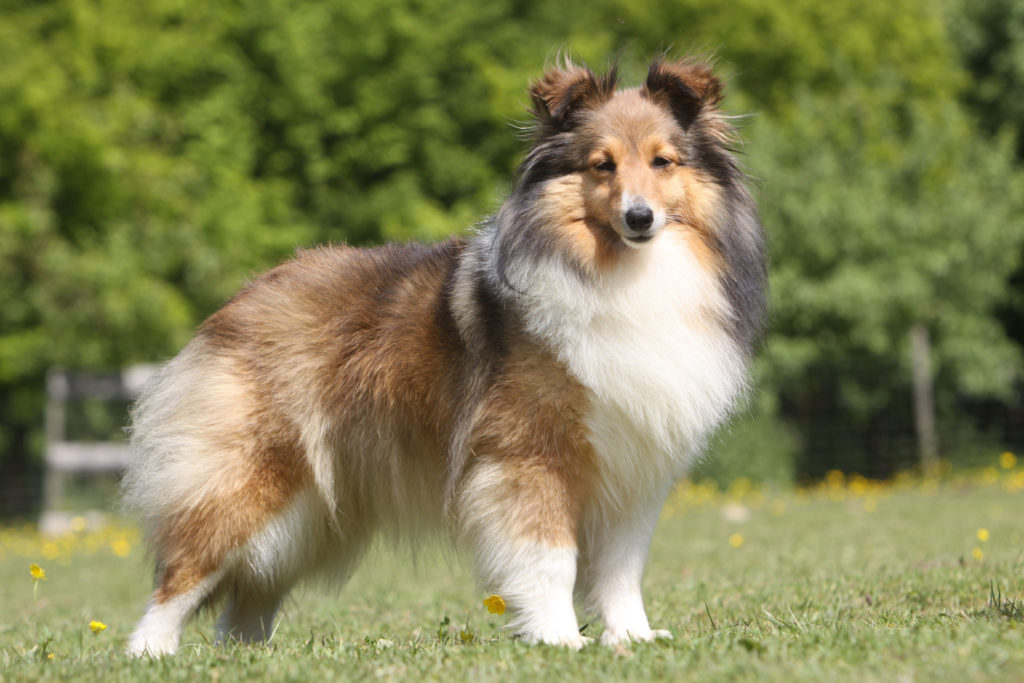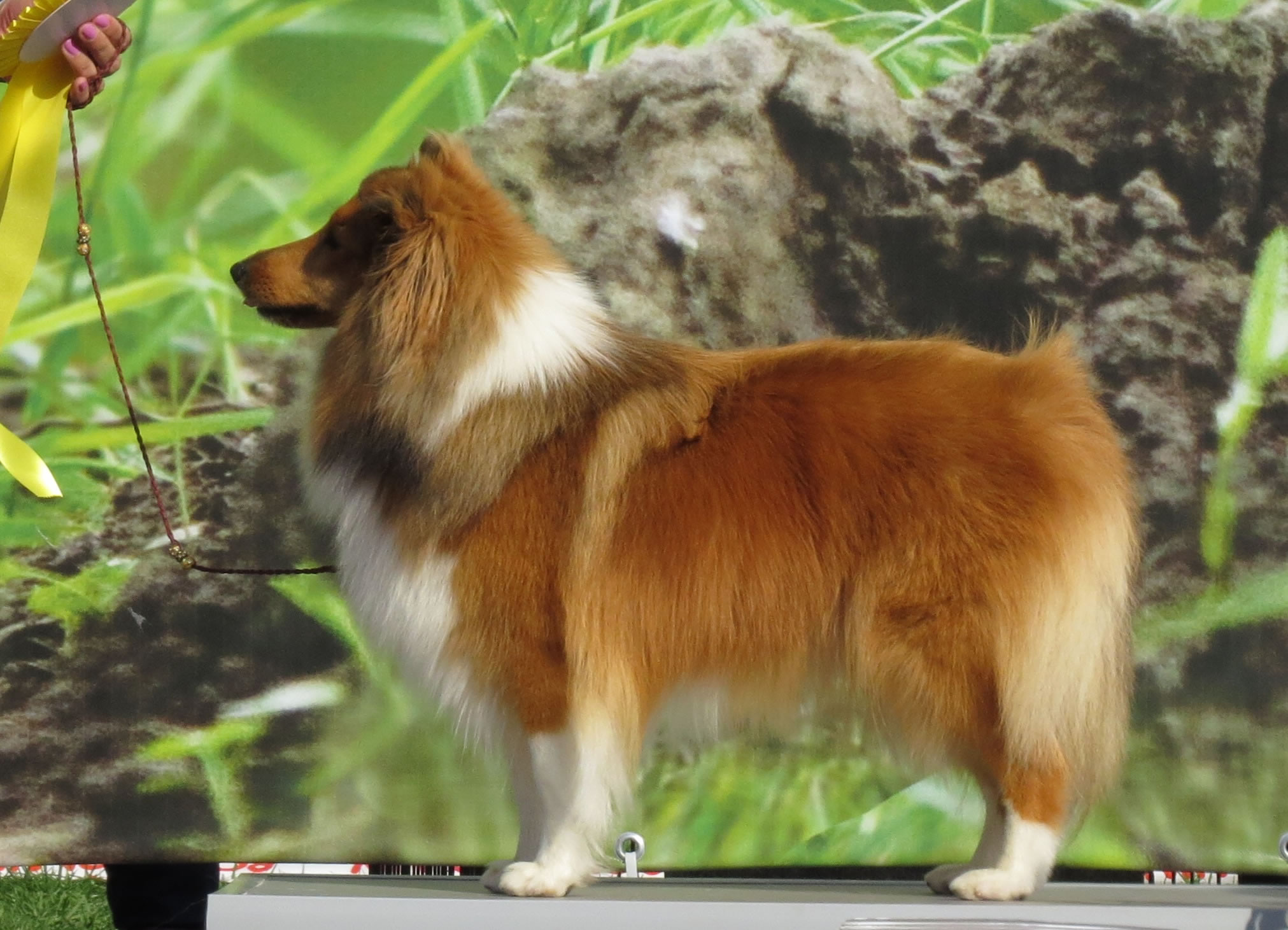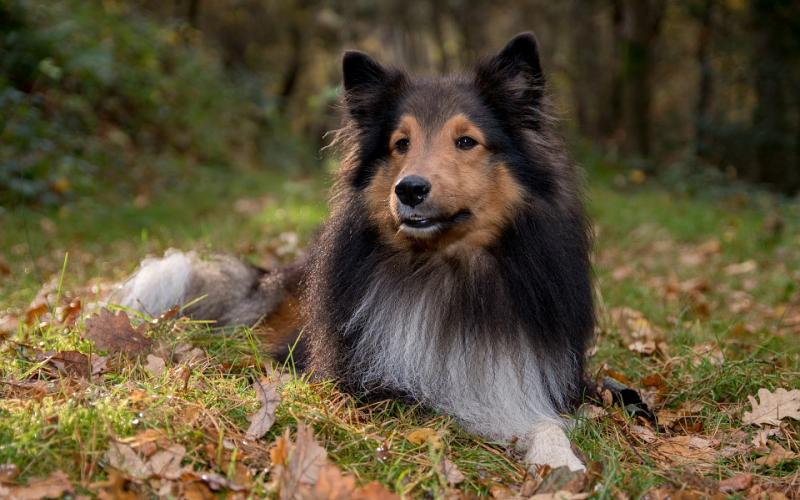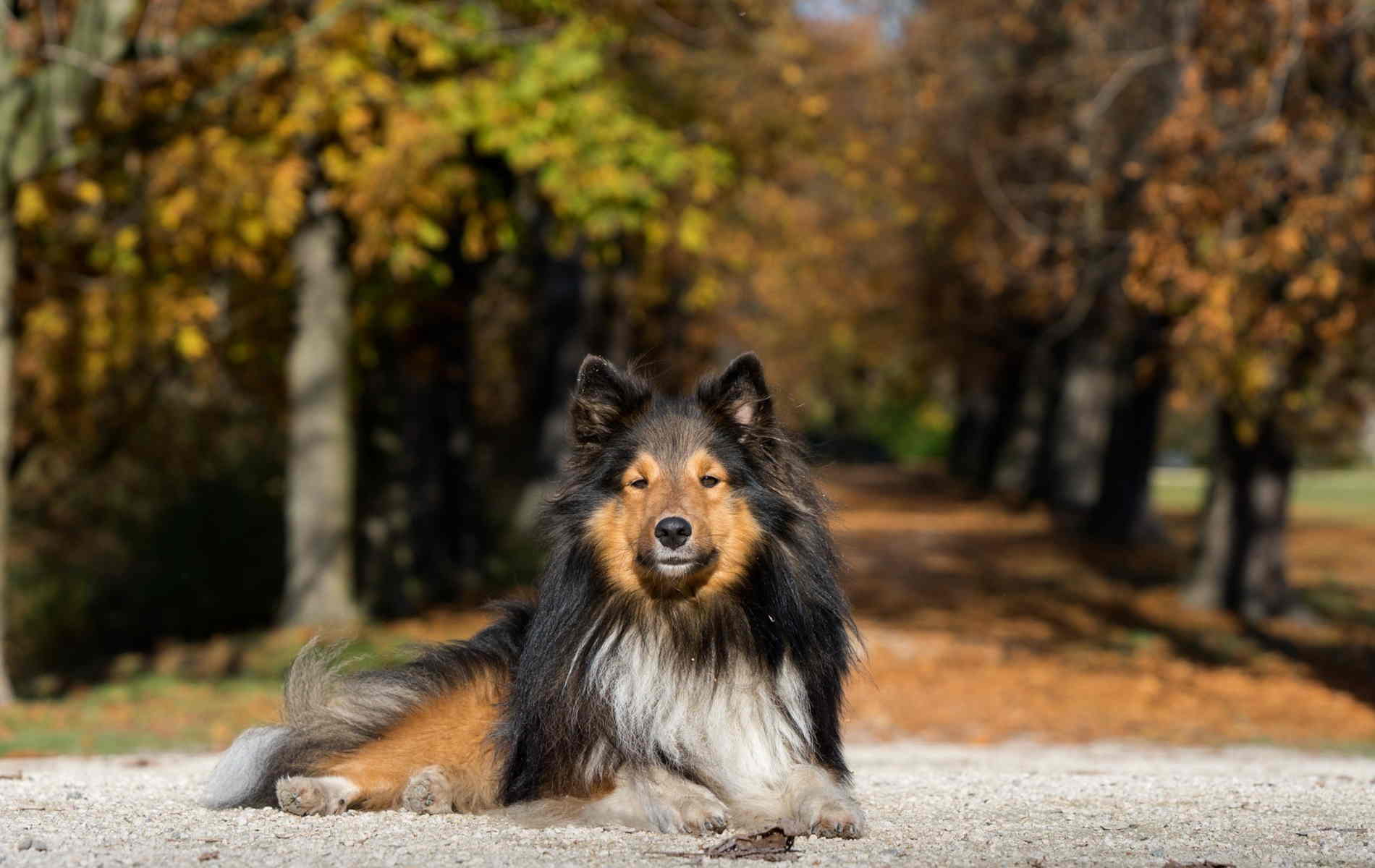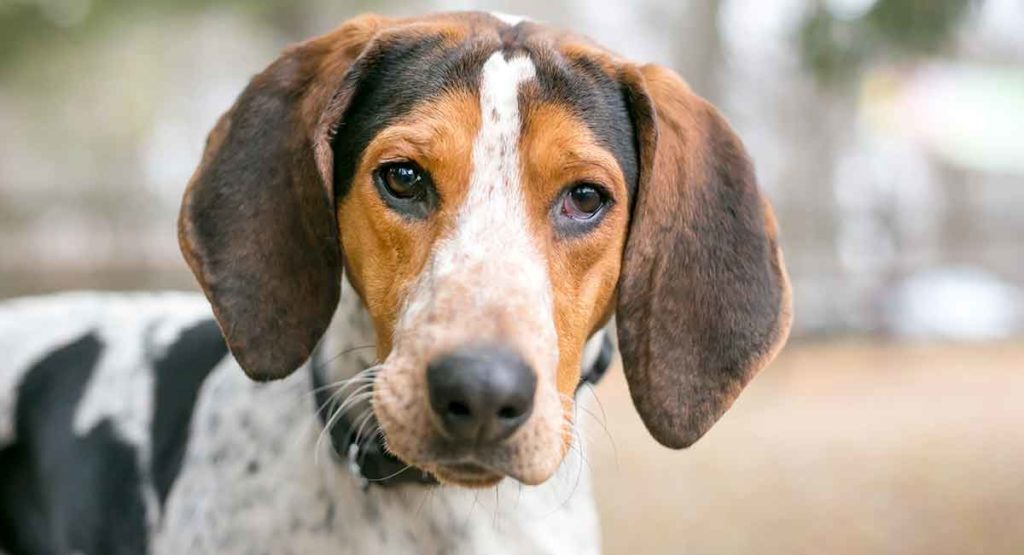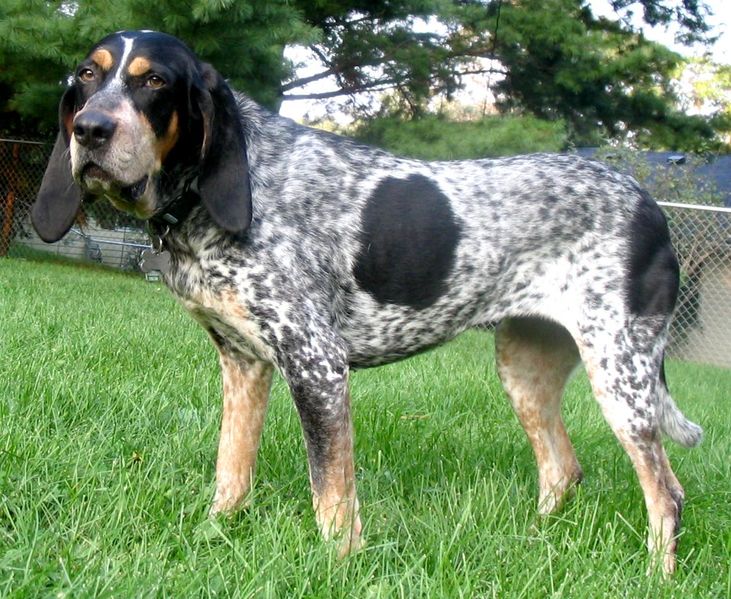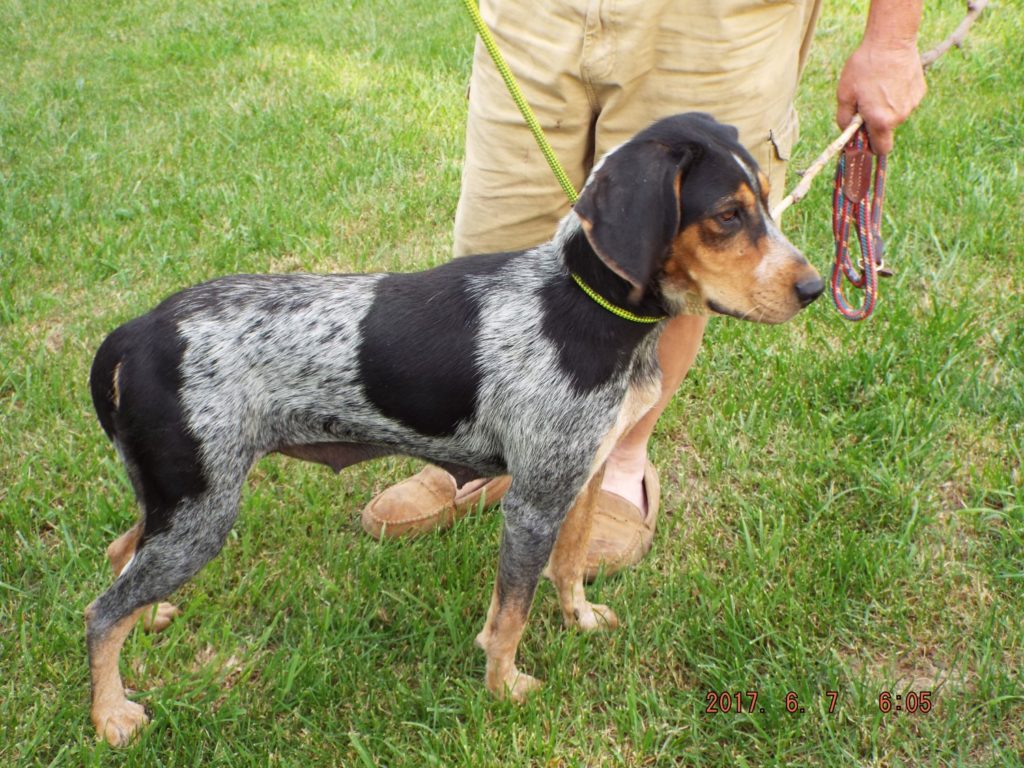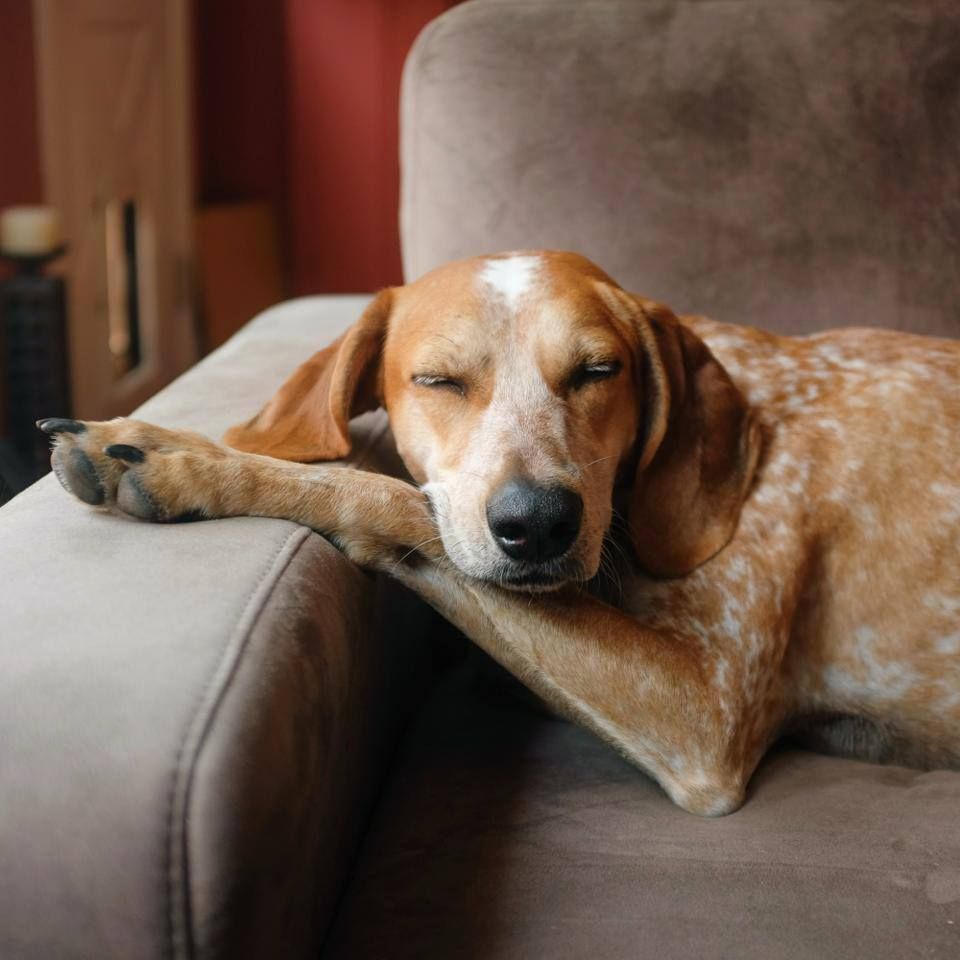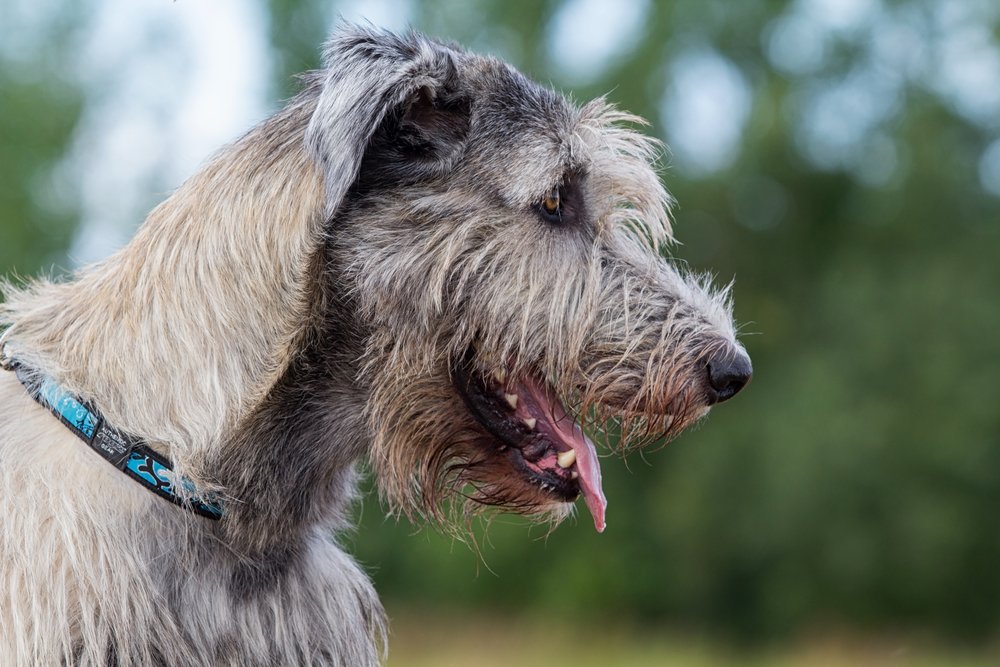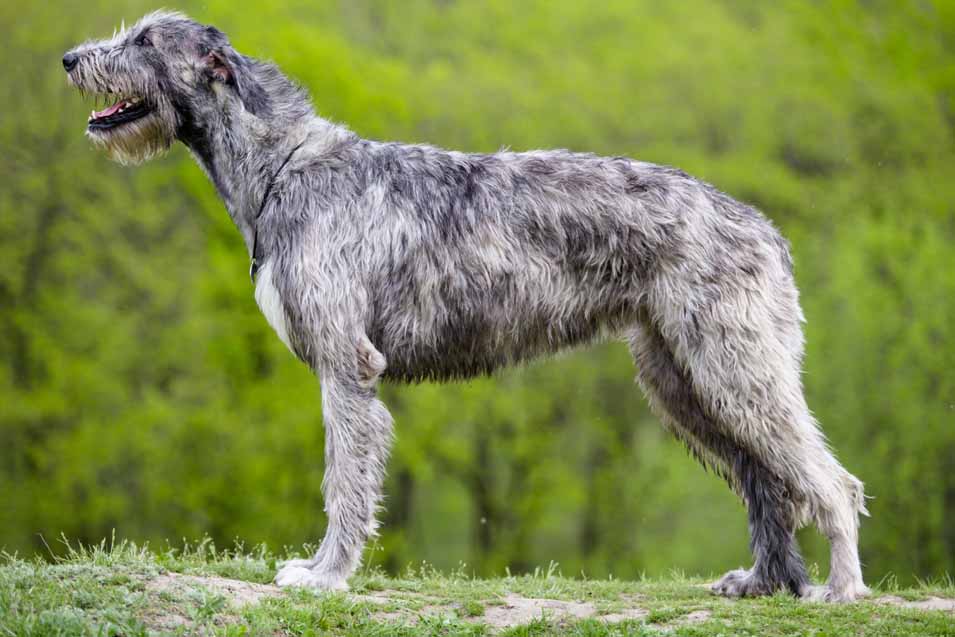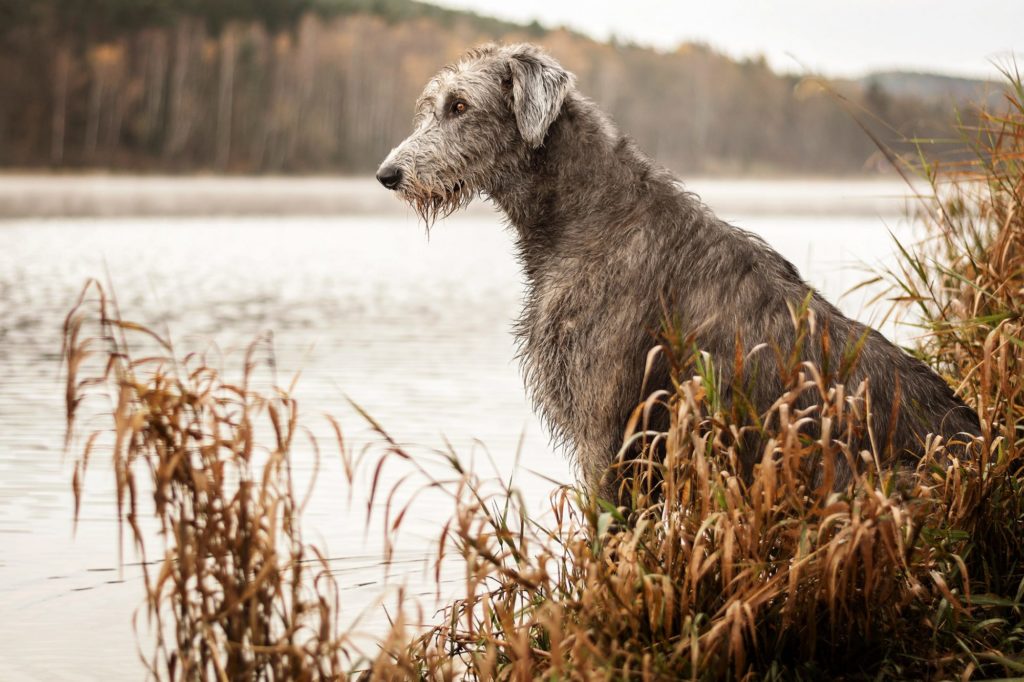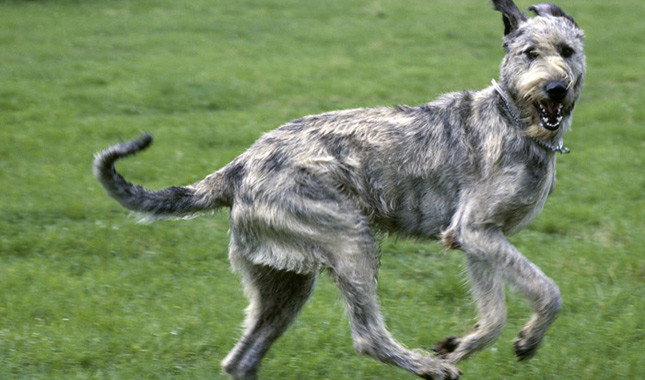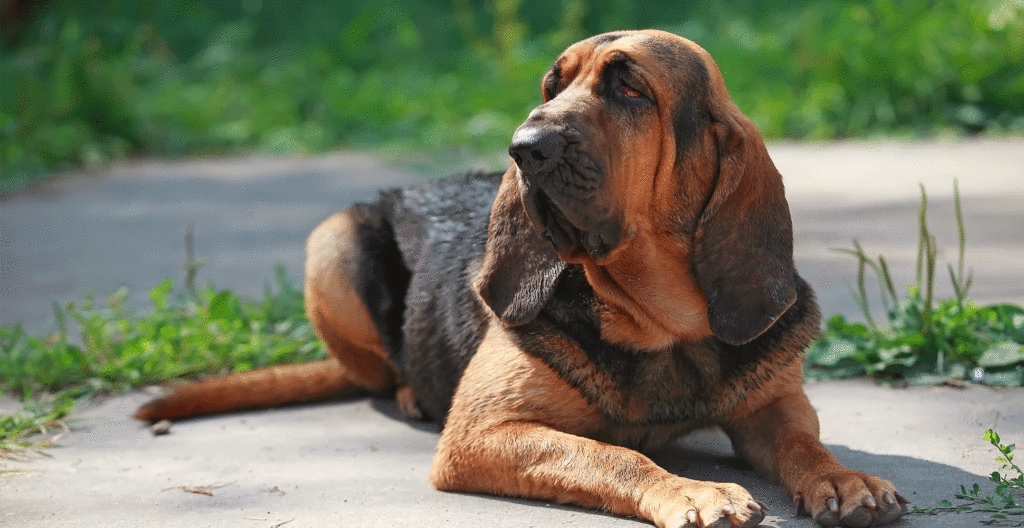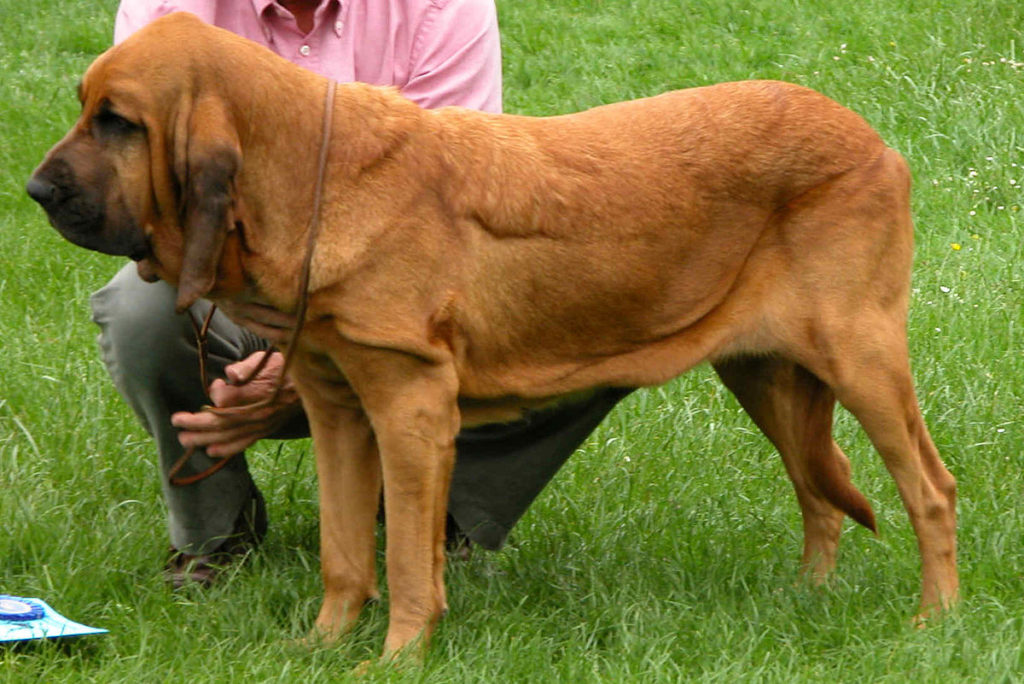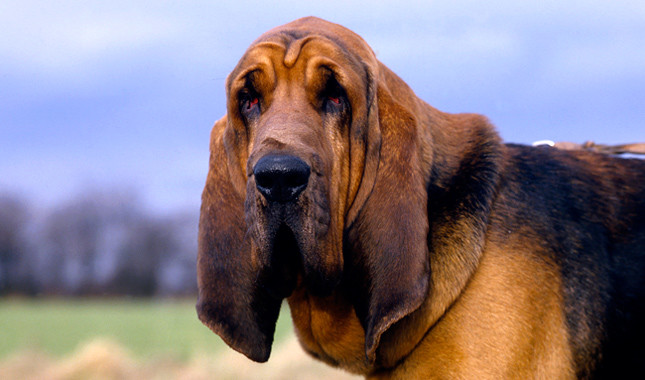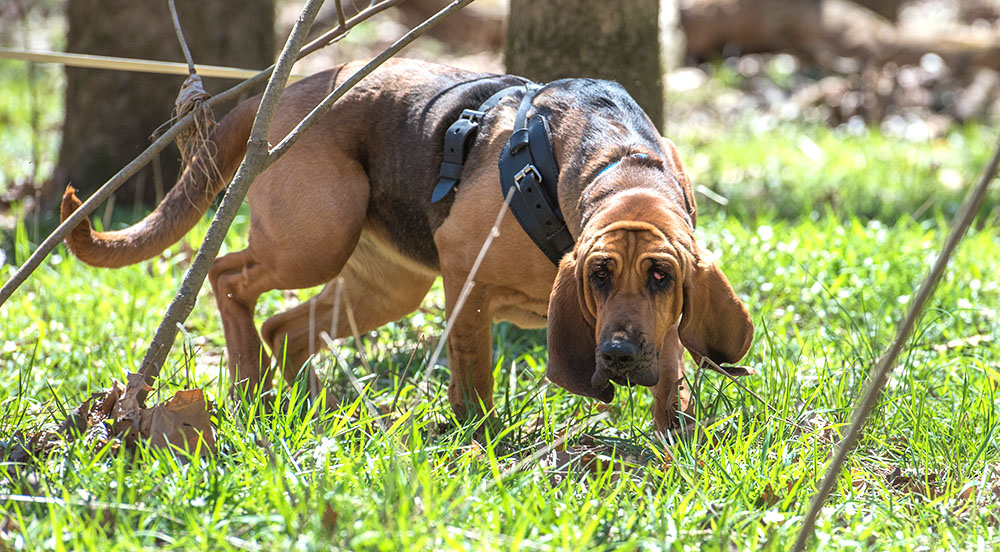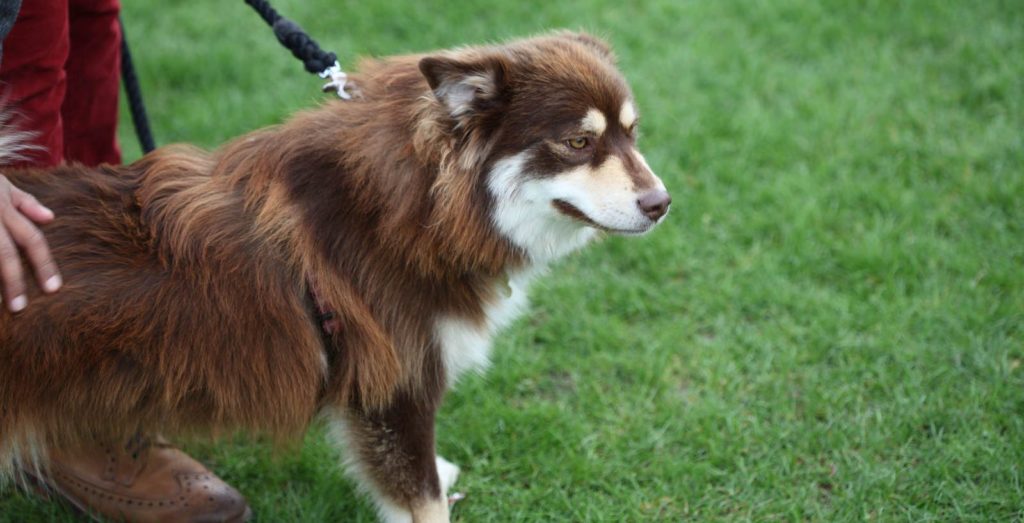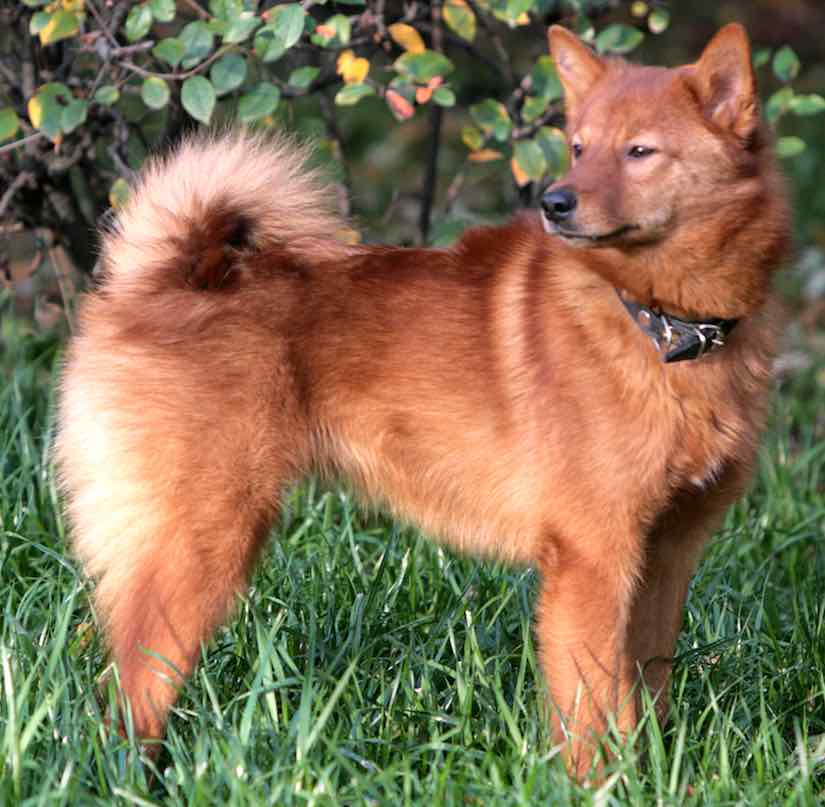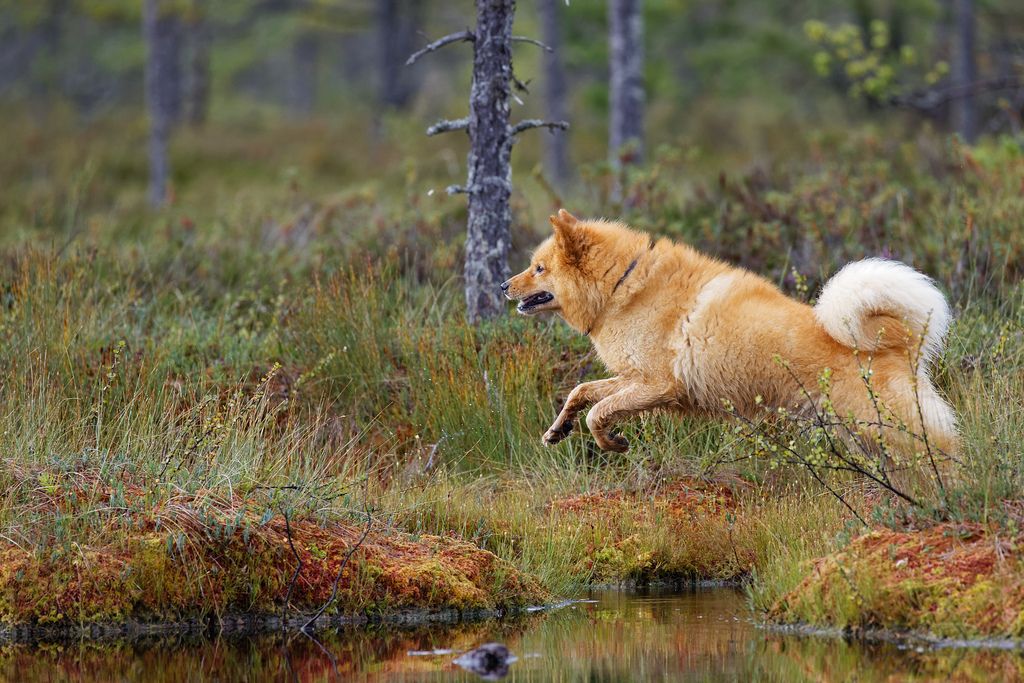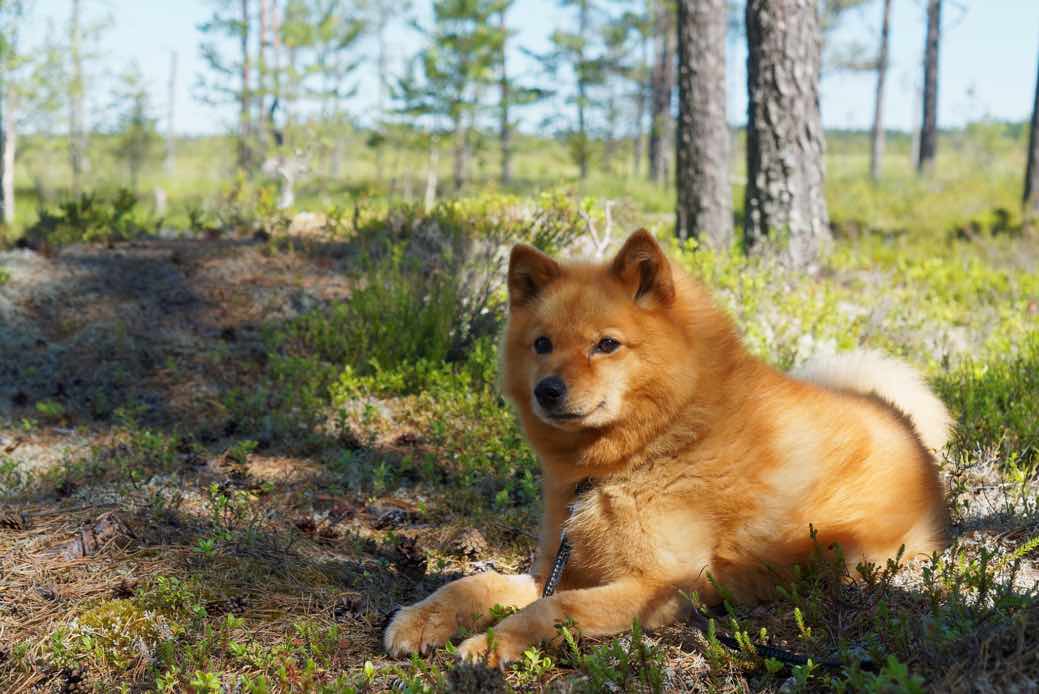Chorkies Dog are mixed breeds that were first bred in the early 1990s by Chihuahua and the Yorkshire Terrier breeds. The Chihuahua is a smaller breed of dog, named after the state of Chihuahua in Mexico. Yorkshire Terriers are often called Yorkies for short.
Chihuahuas were bred to hunt rats and other small animals as well as to be a source of food for Mexicans. It is believed that the Yorkshire Terrier was developed in Yorkshire, England, during the 19th century. The immigrants from Scotland into the northern counties of England brought with them a variety of small terriers.
The Chorkie is the result of crossing two small breed dogs, Yorkshire Terrier and Chihuahua. Both have been extremely popular in the US, especially since the 1940s. Although his parents are purebred, this dog can be considered a designer dog because he was bred for certain characteristics that are not found in either parent’s gene pool.
Chorkies can come in a variety of colors due to their Chihuahua and Yorkshire Terrier genetics. It’s hard to predict what traits will show up in your puppy, but you can be sure that no matter what mix of traits is present, the results will be absolutely adorable.
Chorkies Dog Breed Physical Appearance
- These Dog Breed are the offspring of a Chihuahua and a Yorkshire terrier.
- They tend to have long, silky hair like the Yorkshire terrier but also have the head shape of a Chihuahua.
- Their ears can be erect or floppy just like a Chi’s. Unlike Yorkshire terriers which are usually tan, grey, and black in color, they come in a variety of colors due to their Chihuahua genetics.
- They weigh around 8 to 10 pounds (4kg), but some can be as small as 3 pounds and the height can be 6-9 inches.
- Depending on the size of the parents, some sport the silky, long coat of the Yorkie while others exhibit the short, coarse coat of the Chihuahua.
- Most Chorkies exhibit the coat coloration of the Yorkshire Terrier.
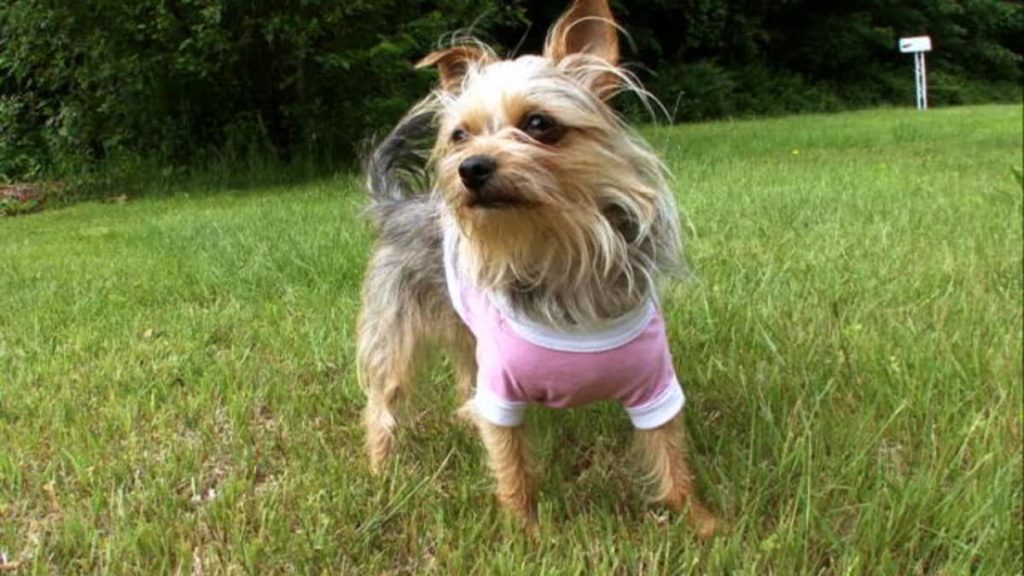
Chorkies Dog Breed Behaviors
Chihuahuas and Yorkshire Terriers are both confident and self-assured breeds. Chorkies generally have the same behaviour as their parents, being highly energetic and playful. They require a lot of exercise and playtime, just like their parents.
Chorkies are often extremely vocal and bark to alert their owners of any strange activity. Their small size and courage make them pretty good guard dogs. Chorkies are good for apartment living, especially in families and they get along well with children and pets.
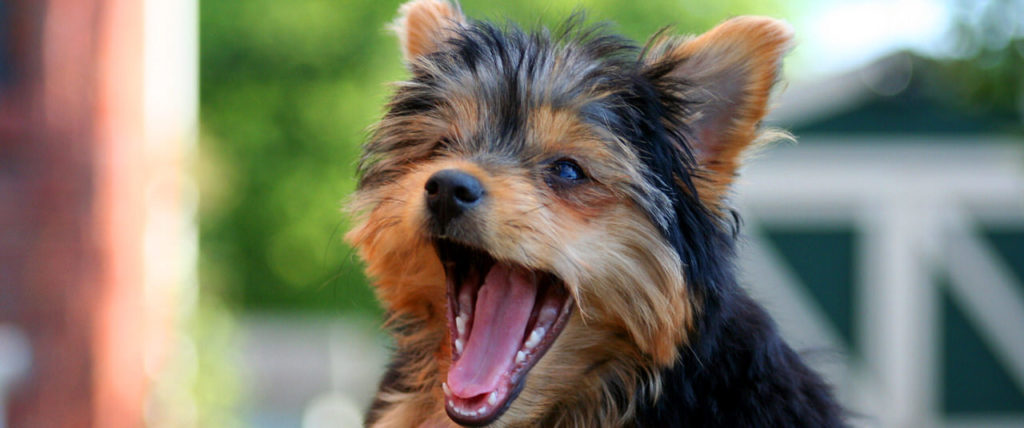
They tend to challenge even larger animals but are devoted to their family. Though shy with strangers at first, the chorkie will eventually tend to mix with them. The Chorkie loves to be cuddled but is not comfortable with cold.
Chorkies Dog Breed Training and Caring
Although the dog can get their exercise by playing around the house, it is important that you take them on short daily walks. This can provide the mental stimulation these dogs require to lead healthy and balanced lives. They need to explore and socialize to live full and happy lives. Chorkies are generally light shedders.
Daily brushing and detangling is required to maintain their coats. Their baths should be weekly or every other week to keep them clean. Training and socializing are important aspects of canine life. Chorkies are intelligent, eager to please dogs that can be stubborn at times. With patience and dedication, training your Chorkie can be rewarding to both you and your dog.
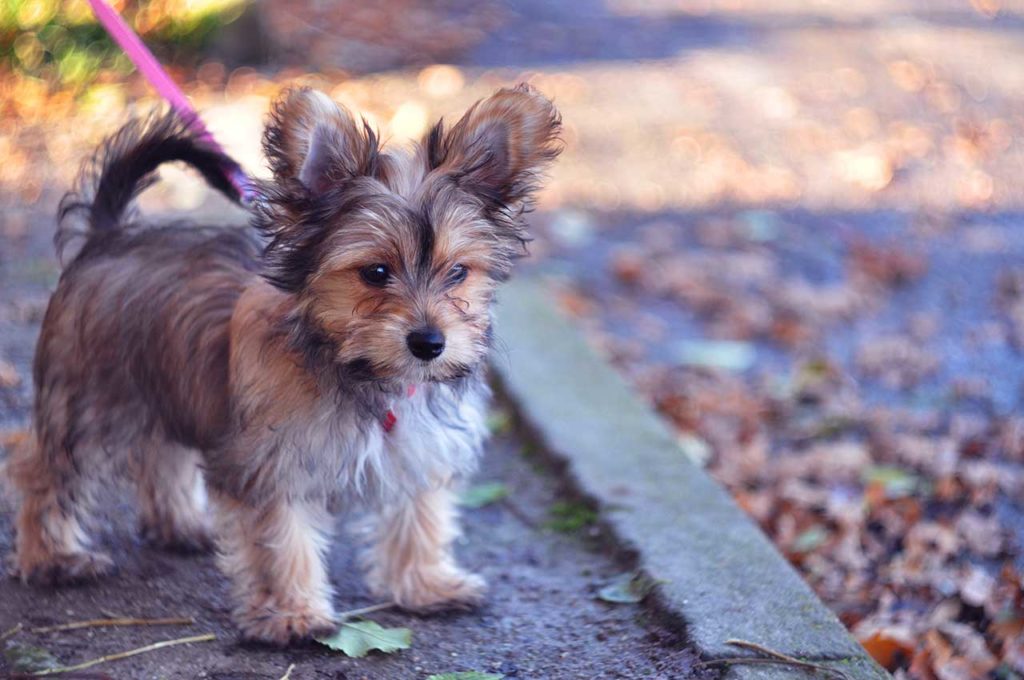
Chorkies Dog Breed Health
Chorkies can be prone to a couple of health issues from their purebred parents. These include obesity, patellar luxation, kneecap dislocation, low blood sugar, and allergies. Chorkies have a long life expectancy due to the typical life span for dogs of their size. They usually live between 13 and 15 years.
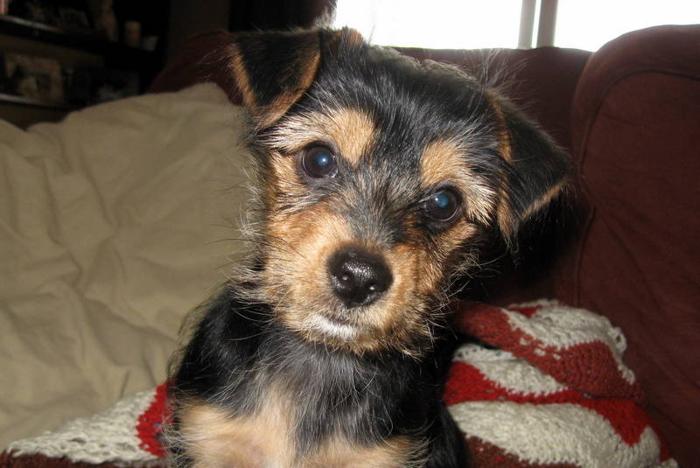
Pros And Cons of Chorkies Dog
Pros
- They make great companions!
- Chorkies are very loyal to their owners.
- Chorkies don’t shed very much!
Cons
- Chorkies bark frequently
- Chorkies are not kid-friendly
- Chorkies require a lot of attention
Chorkie Dog Breed Pictures
Chorkie Dog Breed Pictures
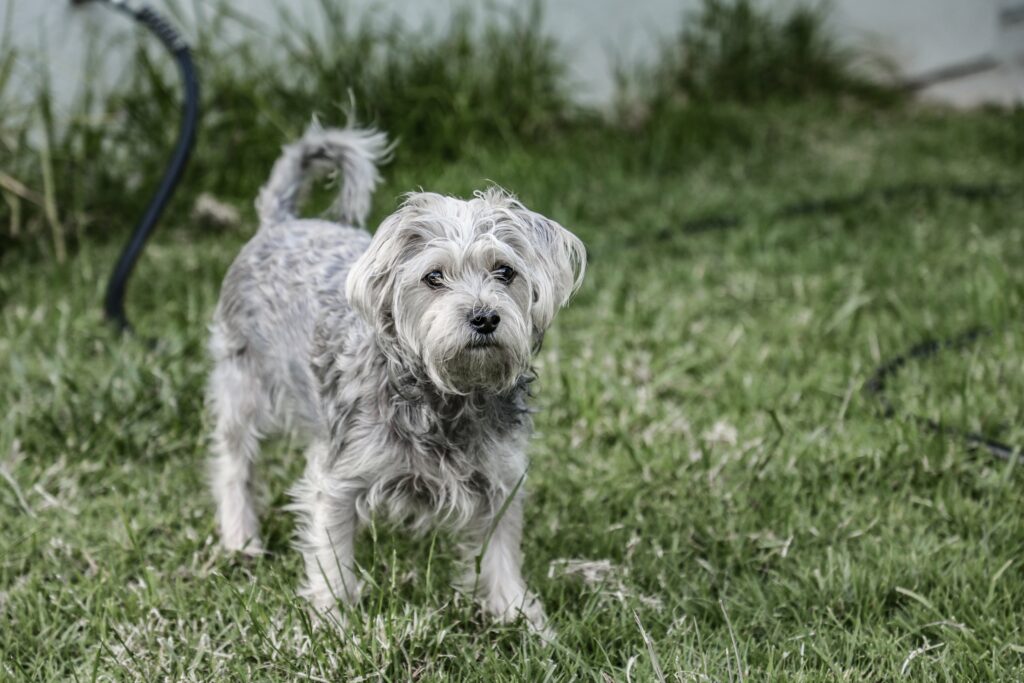
Chorkie Dog Breed Pictures
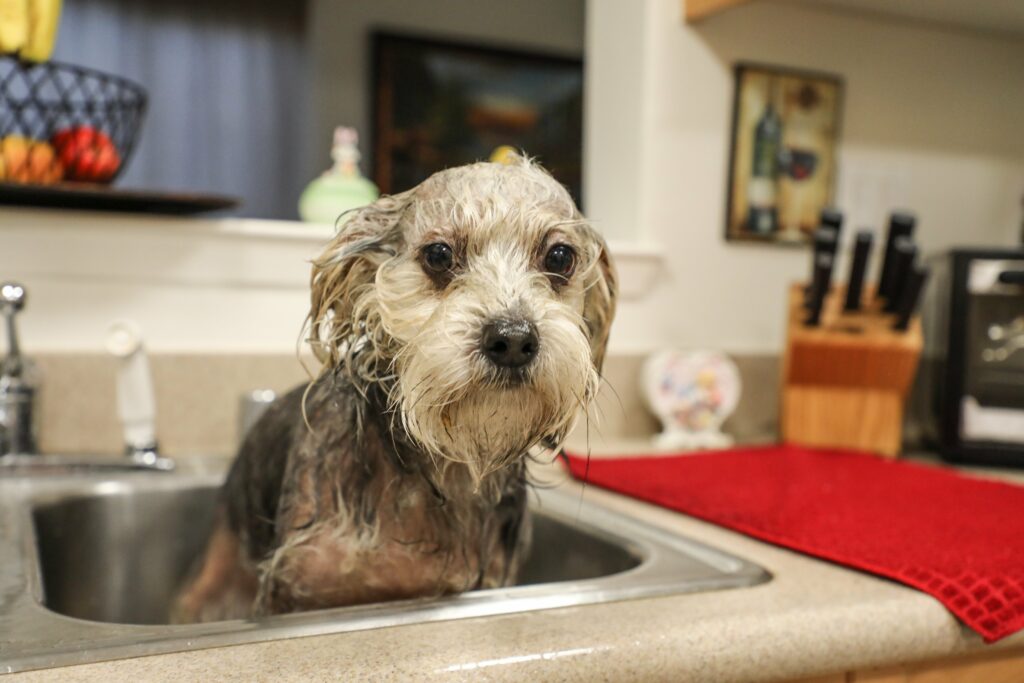
Chorkie Dog Breed Pictures
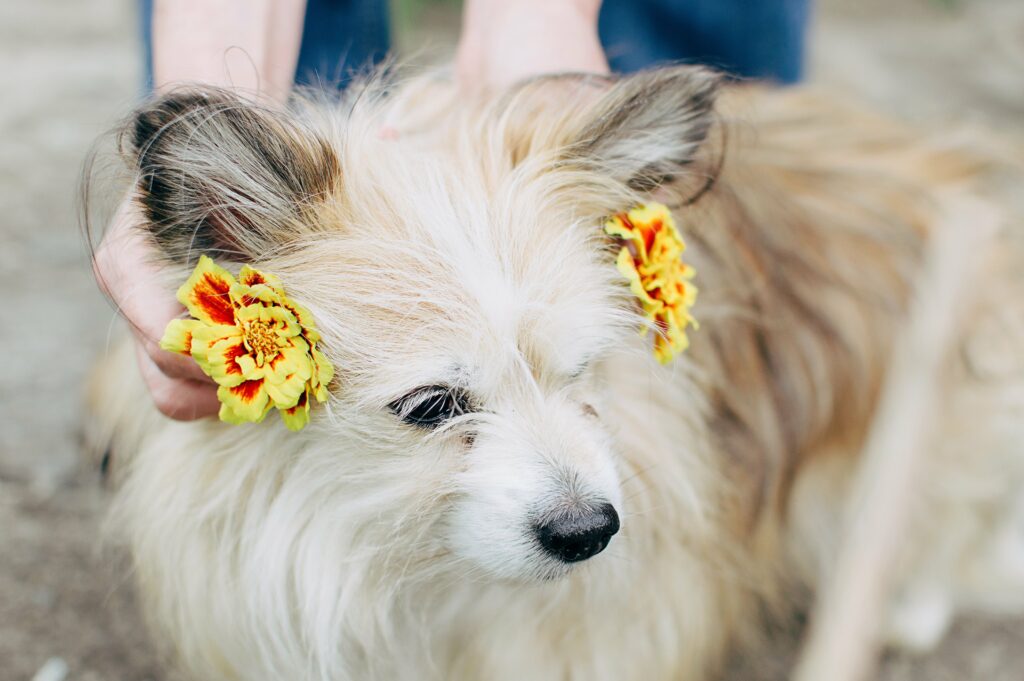
RECOMMENDED ARTICLES
- 10 Great Dog Breeds for First-Time Owners
- Portuguese Water Dog: Characteristics, Behaviour And Health
- Newfoundland Dogs: Characteristics, Behaviour And Health
- Leonberger Dog – 4 Comprehensive Body Characteristics, Behaviour And Health
- Mastiff Dog Breed – 8 Exclusive Body Characteristics, Behaviour and Health
This website’s material is not intended to be a substitute for expert safety advice or professional treatment, nor should it be used to diagnose or treat any health issue or condition. It also is not meant to give any legal opinion or advice. For legal, medical, or other professional advice, please contact your Veterinary Doctor or other healthcare provider. We do not assume any duty for and do not warrant the reliability or operation of, the goods or services we evaluate, which are offered by third parties. Only educational aims are served by our content.
If you like, please share it. Sharing is usually caring.

